The archaeologists kept on digging and found the entrance to a secret cave. The cave held seven skeletons who were thought to belong to high priests since they were buried with precious objects and jade face masks, which were often worn by priests. The cave is not open to the public but it must look really cool.
7 Comments
Today we went on a tour of Rio Secreto, an amazing underground river (well, not truly an underground river, more like pools of water that slowly make their way to the ocean) that weaves through incredible caves. We started out the tour winding our way along paths through the jungle, until we came to a small clearing where a Mayan blessed us because we were going into a cenote, which the Mayans believe is an entrance to the underworld. He put some incense powder into a chalice containing coals and while speaking Mayan, slowly moved the chalice around so the smoke went around us. Once the blessing was finished we continued on to the entrance of the cenote. Upon reaching the cenote we went down a flight of stairs and entered the cave. We walked about five paces in and then our guide told us to turn our flashlights on, since the flashlights would provide the only source of light. I crouched down to get a better look at the cave and passageways and when I saw one weaving off into the gloom, it occurred to me that we would be exploring passages similar to these, so I got super excited.
Our awesome guide, Valentino, led us to the first pool of water, which was a milky blue color. We jumped in and were pleasantly surprised to find that it was not that cold. We swam across the pool of water, looking in all different directions, watching the beams from our headlamps light up the labyrinth of water and stalactites. Again and again I find myself repeating: caves are so beautiful and magnificent. It seems like caves were created to amaze the eye and humble you, and this cave surpassed all of my expectations. The formations were clustered together in groups and were all over the place. After that first pool we waded over and continued our tour. Valentino was very happy and you could tell he loved what he was doing. While the ground was slippery it was not hard to walk on, but what you really had to look out for were drop-offs when walking into pools and stalagmites lurking in the cloudy blue water (Dad cracked his knee on one and we all stumbled over and around them). At one point we had to shimmy through ankle deep water with stalactites two feet above us! The only downside was that you could not bring a camera, but they had someone taking photos of and for us. The nice thing about this cave was that we were able to closely examine the formations, allowing us to see how they form. During the cave expedition we saw all sorts of formations, from stalactites as small as soda straws to monster ones reaching down to the ground, from tall, skinny columns, to thick pillars and everything in between. Stalactites form when water seeps through the ceiling and then seeps out in the form of a droplet. When the droplet falls it leaves a little ring of calcium carbonate which, over the course of a couple hundred years builds up and forms a stalactite (it takes a hundred years for a stalactite to grow one inch.) We could walk under some of the stalactites and see the tube formed by the water droplets. Another cool formation that we saw was called “popcorn”, which basically looks like pieces of popcorn shrunk down and put all over the place. It grows on any formation that has gone dormant, because it is formed when the water droplets come out of the formation and leave a small amount of calcium carbonate behind. What was even cooler was that we saw this happening in ‘real time’. While looking around the cavern we saw that some of the stalactites were glittering, so Dad and I walked over to one and saw little droplets of water perspiring out of it. The third main formation that we saw was called “bacon” because of its wavy thin shape looking like a picture perfect piece of bacon. Valentino described that it happens when the cave has airflow that blows droplets of water that are running down back and forth making a wavy flowing shape. One of my favorite formations to look at was this hump in the wall that had bacon running down the side forming wavy patterns all over the place with stalactites decorating the ceiling. But my all-time favorite was a grouping of stalactites and stalagmites covered in white crystals we saw at the very end of our journey. The last thing we saw before emerging from the Mayan Underworld was a collection of different stalagmites forming from seeping water droplets. These droplets create small divots in the ground that eventually grow into a mound, which then slowly forms a stalagmite. As we walked a little farther and saw the entrance back out into the jungle surrounded by thirsty tree roots searching for water, I found myself remembering all the different caves we have seen over the course of our trip. From walking in the ‘dry’ Wind Cave in South Dakota, to wandering through Carlsbad Caverns’ water-formed wonders in New Mexico, to scuba diving and trekking across other-worldly cenotes in the Yucatan Peninsula. The variety of Earth’s caves continue to fascinate me and I know I have only just started my explorations. Imagine yourself in a different world, with the noise all gone and the hustle and bustle of modern day fading away into a distant memory. Floating weightless within a cave, using only your legs to propel you as you look at all of the wonders illuminated with beams of light. This is cavern diving in a cenote and the beauty is unimaginable.
After the dive while Mom and I were warming up in the sun, we both agreed that we totally loved it and that we really felt like we were away from the world. While some people’s descriptions of cavern diving painted a picture that you would be swimming in the center of a ‘C’, a mere meter from open water, during our dive we really felt secluded and away from the open water. At some points we were swimming behind huge sections of limestone, completely enclosed in a cave for minutes at a time. During the first dive, it took a while for me to get used to the fact that Mom and I were in a totally different world, but right from the start of our second dive, the cenote felt like my home (even though we don’t have a home this year!!)
My favorite thing to do was to take my flashlight from the ceiling of the cave and move it slowly down to have it illuminate different formations until the beam faded off into the depths. While the distance of the formations got increasingly farther, it revealed cave decorations in new, mesmerizing shades of blue.
“Running was the superpower that made us human-which means it’s the superpower all humans possess.” I just finished the book, Born To Run by Christopher McDougall. This book has brought to light so many incredibly aspects of running, but one thing it unveiled stands out to me and makes me mad. There is a whole running shoe industry created to protect our feet, when in fact the running shoes do nothing but hurt us and out feet. I have just learned that two million years of natural selection can not be beat by thirty years of running shoes and cushioned pads.
“The New Balance… excels with its… responsive ride combined with the support of the dual-density midsole and a plastic bridge under the arch.” (Runners World). This is a summary of the favorite shoe of 2015, but its “dual-density midsole and a plastic bridge” actually make our feet weak leading to multiple running injuries. I have learned three important things about running shoes from McDougall’s book born to run. First of all, people who wear the most expensive running shoes are actually a 135 percent more likely to get injured than someone wearing cheep running shoes. Secondly feet instinctively want a solid stable surface to run on, so, when you add a spongey surface to protect them in the form of a shoe, your feet then pound down harder to find a solid surface, therefore putting more stress on your body. Finally the modern running shoe actually makes our feet weak, it is similar to a cast in the fact that all of the muscles in your foot become weaker from the unneeded support, leading to a weaker arch, or a flat foot. The running shoe has turned out to be an accessory that is not only unnecessary, but makes injuries more likely to happen. Of course running shoes does not help humans since we evolved to run barefoot and free just like our ancestors evolved to do. Influenced by McDougall’s born to run I have started doing barefoot runs down the beach with my family, and wearing minimalist shoes who’s sole job is to protect your feet but still let you run naturally. At first “barefoot” running felt strange, but after a couple of weeks I stopped feeling any of the knee pains that have recently been plaguing me. The freedom and benefits I get from running barefoot has motivated me run with minimalist shoes, and spread the idea of barefoot running to my friends, cousins, and cross country coach. By spreading the idea of barefoot running I hope to help everyone find the joy in running. One step at a time is all it takes to bring running into our way of life and hopefully everyone else. I chalked up, let out a shaky breath and started climbing above my last piece of protection. Making the initial moves flawlessly, I rearranged my feet high up on a ledge, went for the first of three crimpers, and cried out in dismay at how small it was. Going for the next hold I realized my mistake: my hands were in the wrong positions. Knowing that I was going to fall, I yelled, “Take!” as my fingers slipped….
My 2015-2016 school year has been a little unusual because my family has spent the fall traveling around and exploring the western US which has changed my personal outlook on life, on nature, and my future goals. I have learned that it is very rewarding to push my limits, struggle through something scary, and take controlled risks. Lead climbing embodies these concepts and each time I finish a climb, my idea of what I can accomplish changes and I want to push my limits even more. As our “Careyvan” travels continue, I have also come to appreciate the beauty of nature and nature itself much more then when I started this trip. This realization was spurred by a small spark which blossomed into an ember and possibly into something that I would like to pursue further in life: protecting nature from the people who want to abuse it. Thanks in part to the encouragement of my family, I have become aware of many environmental activist groups and am happily supporting Greenpeace in its various goals in trying to protect and save the environment. Additionally, through this trip I have seen how a perceived risk such as introducing wolves into Yellowstone National Park has turned out to benefit the ecosystem, and how conservationists like John Muir devoted their lives to protect a piece of land, which many years later would be treasured by Americans all over the U.S. In essence, this trip has made me appreciate the benefits of taking risk, the beauty of nature and how protecting our environment is the greatest gift we can give to future generations. The fall, while only six feet, felt like eternity. Shaking out my arms, I looked around to take in the beautiful landscape of the Cochise Mountains in southern Arizona. With a sea of knee high grass extending out to the horizon, the picturesque countryside is dotted with trees and an occasional cactus. Thanking the people who enabled this mountain range and valley to be protected, I looked up, took a deep breath, and started climbing.
Yelling take, I let out a huge sigh of relief, because I made it past the crux of the climb. Anyways, in this next section ahead of me I have to start climbing from this crummy side pull to another side pull, use that side pull to move my feet up and reach for a crimp. After two more crimps, that you have to hang on to by your fingertips, you move up to a sloper. From that sloper you have to lock off and and get ready to do a dead-point, a move that you ether make it or you fall, over to a ledge.
Last but not least is Cochise Stronghold, Arizona. Cochise Stronghold is an awesome place to climb because we could climb 10 feet from our camper, and there were lots of fun climbs, in which I did four difficult and exhilarating leads. The first day we led a 5.9 and Dad tried leading a 5.10d. Since he led the whole thing cleanly to the crux his arms were too pumped to finish it. Later on I tried climbing it and made it one more bolt up, but wasn't able to do the last hard and tricky moves. Then Dad zoomed up it and completed it! The next day we leap-frogged around, and had an awesome time doing lots of interesting and thrilling climbs. To top it off we woke up early the next morning, and did this fun climb in the brilliant morning light. It has been so much fun climbing and I can’t wait to get back on the wall.
El Capitan is one of the most amazing rock formations I have ever seen. A 3,500 foot tall piece of granite towering above the Yosemite valley floor; the first time I saw it I was speechless. A part of me wants to climb as I see climbers perched on a rock ledge 2,000 feet up it, but another part of me is way too scared. One morning we gave a ride to a couple of climbers in the bed of our pickup to their site, and one of the guys unfortunately put both of his gloves on the greasy 5th wheel hitch. Despite that, they were nice to us and let us follow them to the base of El Cap, which was all the more massive when looking up at. Even right now, as I am thinking about it, I cannot believe that such a magnificent thing exists. By far one of my favorite parts of the trip to Yosemite was a long yet rewarding 9.6 mile round trip hike up to Glacier Point. We had an amazing view of at El Capitan where we stopped for lunch and spent a good half hour chilling and found the time to draw a picture of El Cap. When we were getting nearer to the top we saw two rocks perched on the edge like diving boards that people “base jump” off of, which is literally jumping off of a huge cliff with parachutes on their back. When we got to the top of the hike there was an amazing view of Half Dome at a priceless angle, I was so glad we did the hike.
Did you know that around $8 billion is spent each year covering expenses from cars that crash into animals while they are trying to cross a road? In Europe hundreds of overpasses have been built over the past 50 years to prevent these collisions. The idea of overpasses is slowly moving all over the world and is having profound effects on preventing collision and connecting land that was separated by an almost impenetrable barrier, roads. While we were in Missoula visiting my mom’s cousin Marcel the biologist, we learned about one of Marcel’s recent projects building one wildlife overpass and multiple underpasses in the Flat Head Native American Reservation. The U.S Government wanted to expand the road going through the reservation, so the Native Americans required the government to build crossings for wildlife and have wildlife fencing along the road. For over ten years the Native Americans fought to have the U.S. Government build the crossings, and finally the government agreed. When we went up to Glacier National Park with Marcel we happened to be passing through the Flat Head Native American Reservation and he showed us the overpass he had consulted on. We got to walk up to the fencing and see how animals are funneled into the over and underpasses. The overpass is a really practical solution that is a simple wildlife bridge that goes up and over the road. The scientist are seeing lots of positive results and tons of animals are using it and also teaching their young how to use the overpass too. Similarly the underpasses are also successful with lots of animals using them and teaching their young. The reason why the scientists put in both over and underpasses is that different animals have a preference for their crossing. For example, grizzly bears like the open overpasses, whereas bobcats like the shaded, covered underpasses. We also saw something we never heard of called an animal jump, which is a mound that has a ledge on the side facing the forest. If an animal somehow gets stuck on the road there is a ramp so the animals can get back to the forest, but there is also a ledge facing the forest so animas can not get out. These are some really great ideas that have been implemented because they connect forests that have been scarred by this previously impassible road, and they prevent the destruction that road kill causes to animals and humans.
The other day we were at our second cousins’ house, Natalie and Luke’s, who live outside of Seattle in Issaquah, WA. In addition to playing outside in the rain and getting soaked with our cousins we just met, we also went to the salmon fishery. Even though it was at the end of the salmon run, we still saw these unbelievably determined salmon swim up the fish latter. I was amazed that the salmon never stopped, they just kept swimming and jumping out of the water into the next pool where they would rest, conserve energy, then do the same process again, and again, and again. Once the salmon made it to their final destination, they would spawn, and then die.
Also, salmon allow other fish, mammals and birds to survive because they are an important part of the food chain. A recent study from Olympic National Park showed that around 175 different animals also feed on salmon, their eggs and the fry (fry are young salmon). Nowadays, not only do they provide us with food but also provide us with the opportunity to fish for fun. Most recently humans have pushed salmon to the brink of extinction, and now we have to double our efforts in order to save this species and restore balance to the force… just kidding, the ecosystem. The hatcheries seem to be providing a major role in accomplishing that, and we can now enjoy fishing the salmon, and watching their unique and incredible commute up hundreds of miles of steams.
After years of fighting and planning, in 1992 Congress made a bill saying that the Elwha River dams would be removed so the river could run free again. Even though the bill was passed it took 22 years till the dams were removed, but even more amazing was that in 2014 (the year after the Gilnes dam was finally removed) the salmon and other fish started to come back. It was so fun learning about how the whole dam removal happened, and it gave me hope for the freedom of all rivers. Also, the National Park Service made these really informative and well put together Videos about Elwha River dam removal. I just loved learning about salmon and it was fantastic to hear about dam removal. It lit a spark in me that makes me want to be a conservationist, and I hope you feel it, too.
Wow. It has been so much fun that I haven’t had time to do a blog entry! While we have been doing so many things, with so much to talk about, in this blog I am going to talk about being a cowboy.
The first time I went on the horse it was so incredible that you could feel the legs and muscles more with each step. As we got more comfortable we were able to go farther and farther without Kevin leading us. Then Kevin then told us to go to and around objects, and we learned how to control the horse on our own. In doing so we learned that if you act comfortable then the horse will allow you to control it. Then for our last ride we were able to canter to the fence and back. It was the most thrilling and joyous thing I’ve ever done. All of a sudden, Strider went fast and his gait felt very natural. It was just beautiful and hard to describe in words.
I want to thank Kevin and Amy for sharing their house and life with us and for inspiring Ethan and me to become cowboys!
|
AuthorGrant Archives
April 2016
Categories |

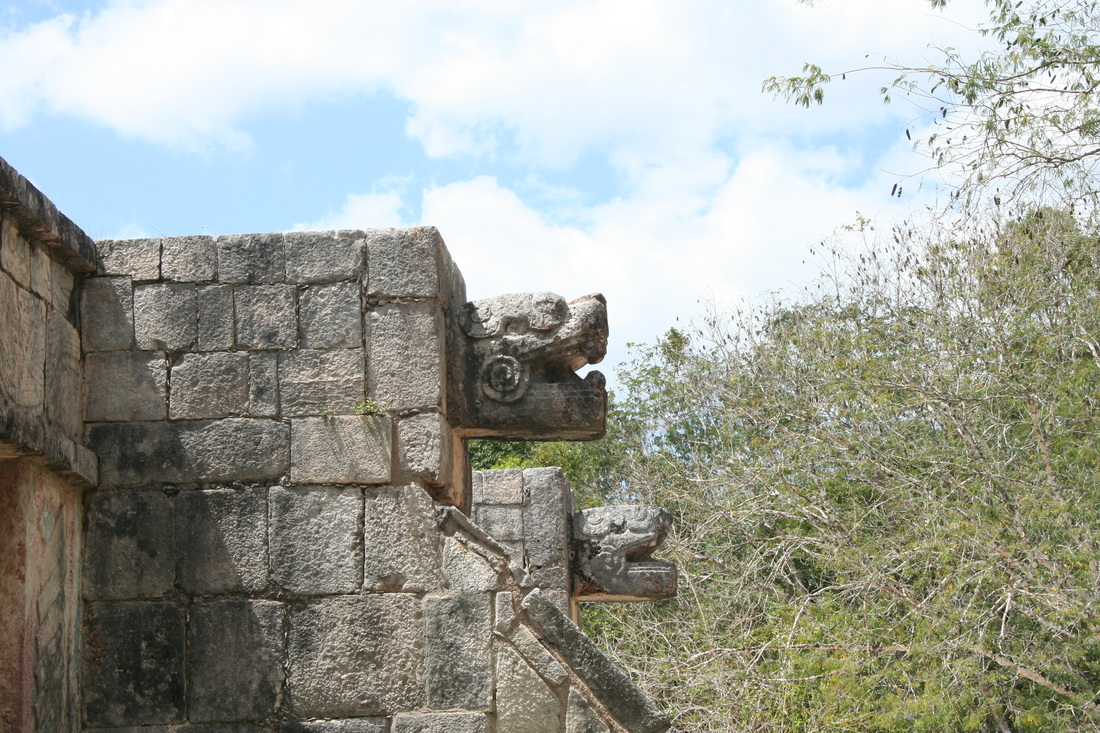

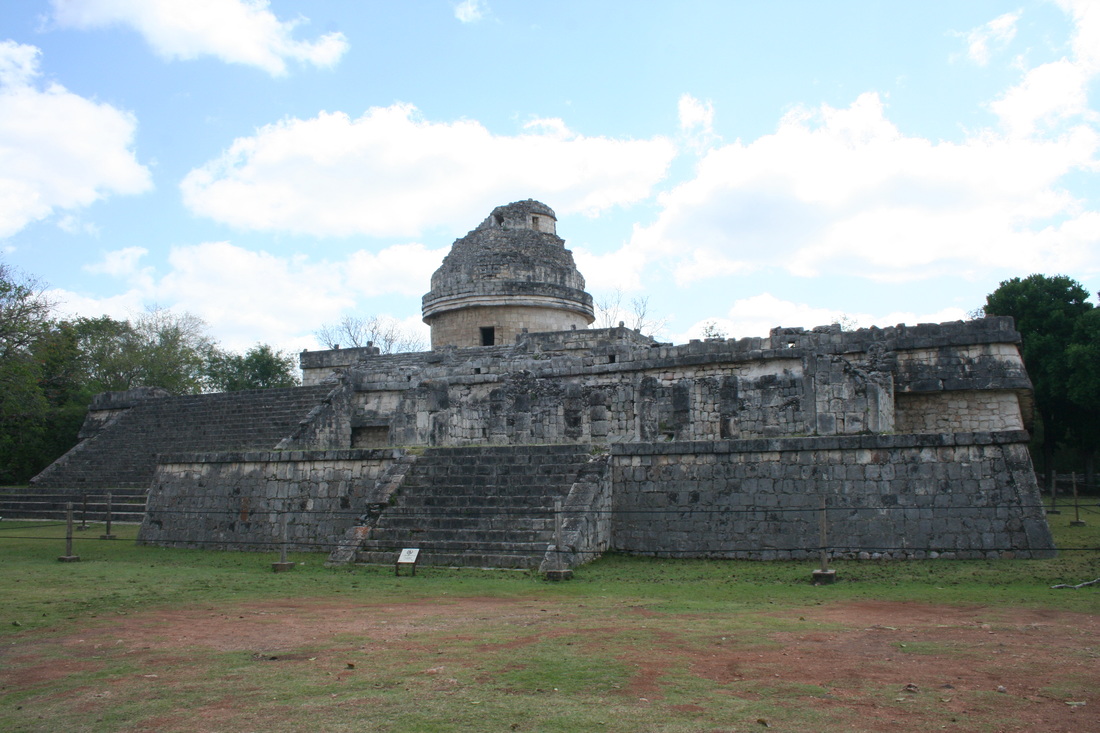


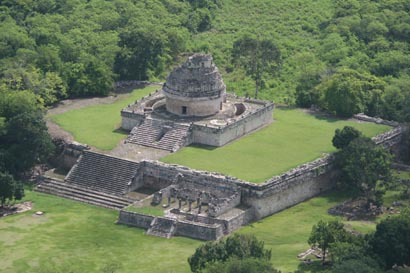

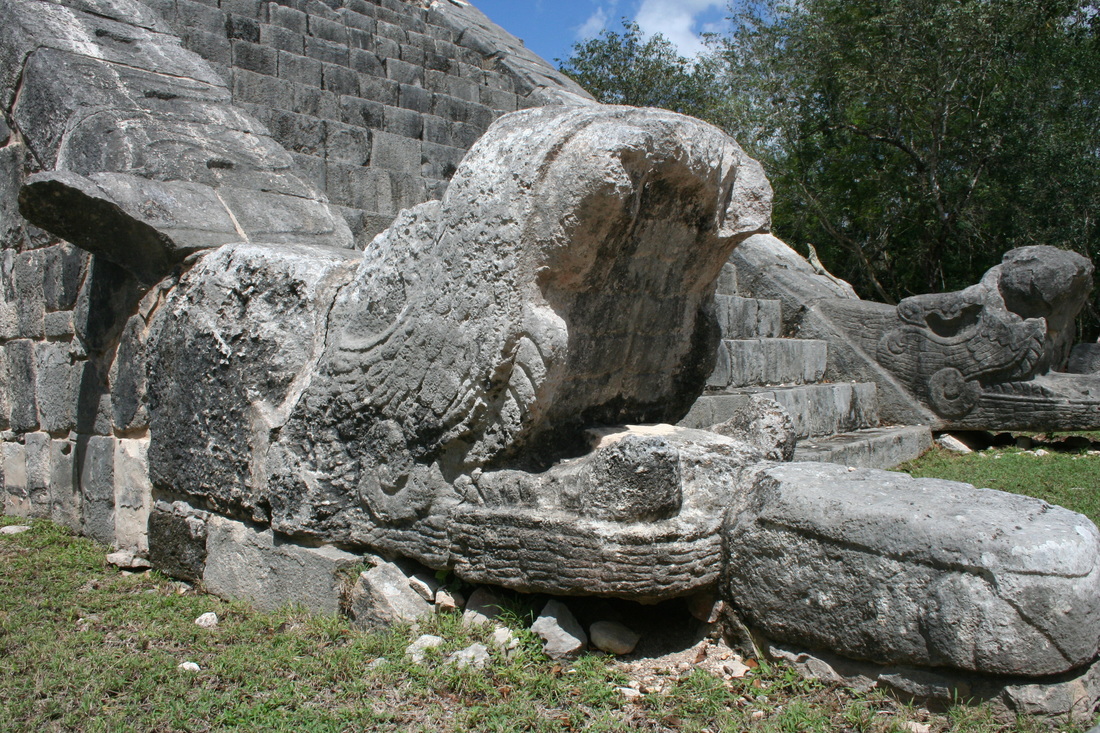







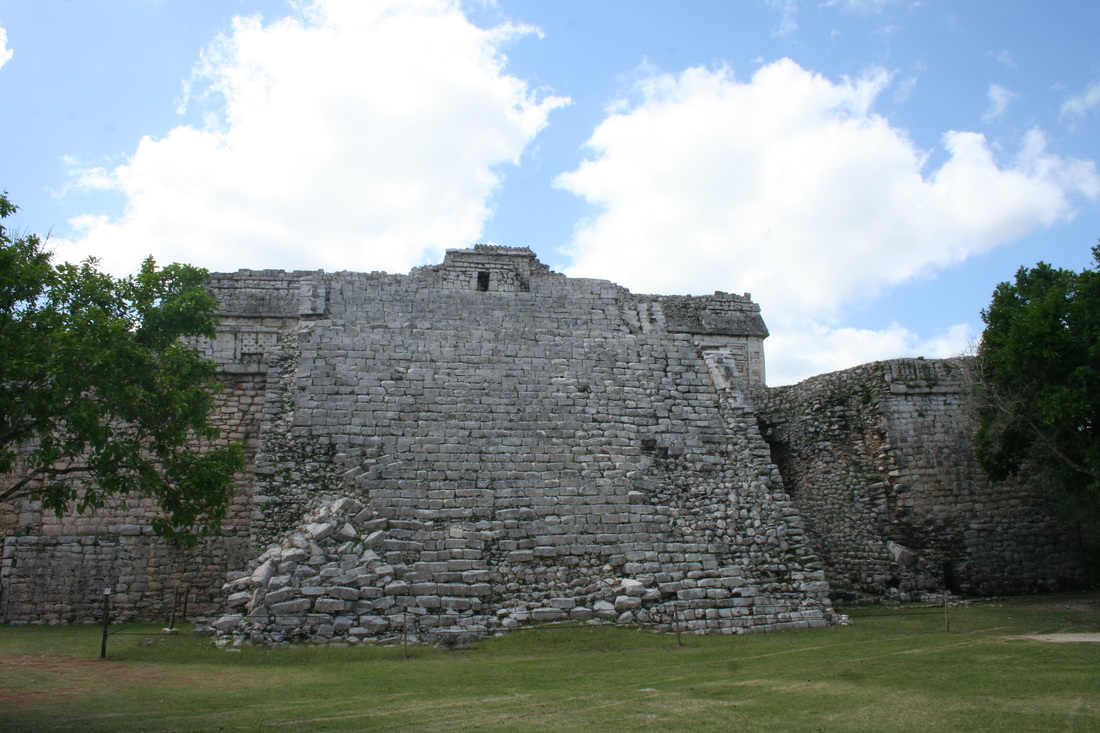
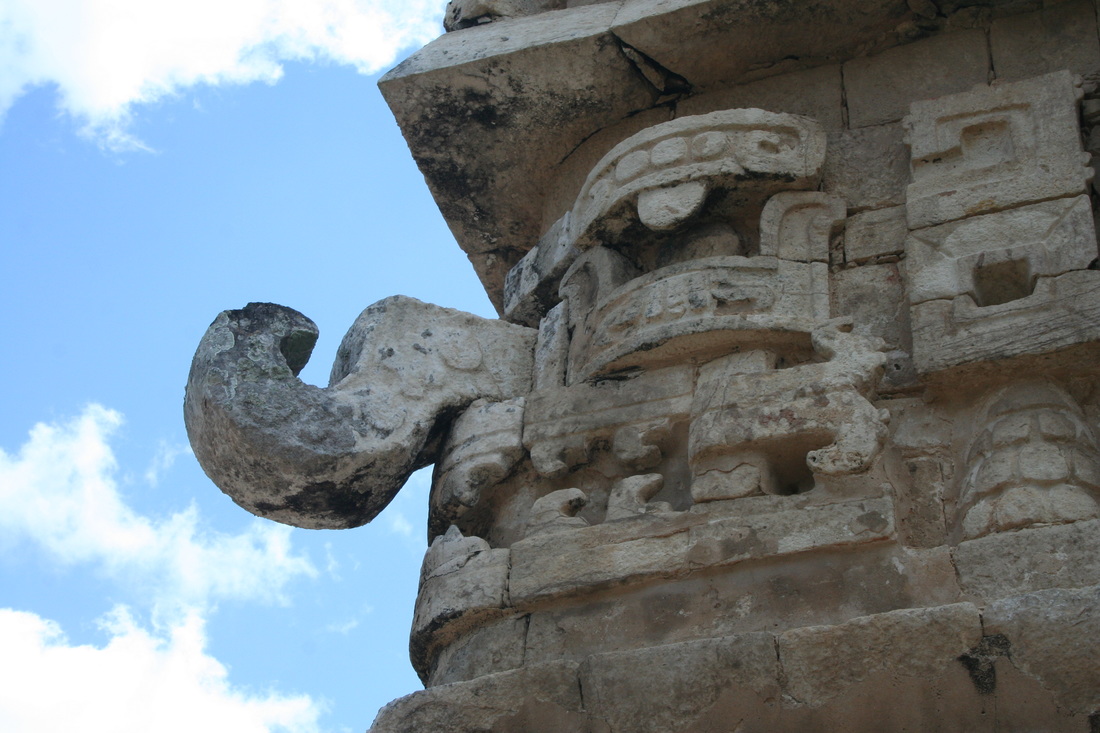
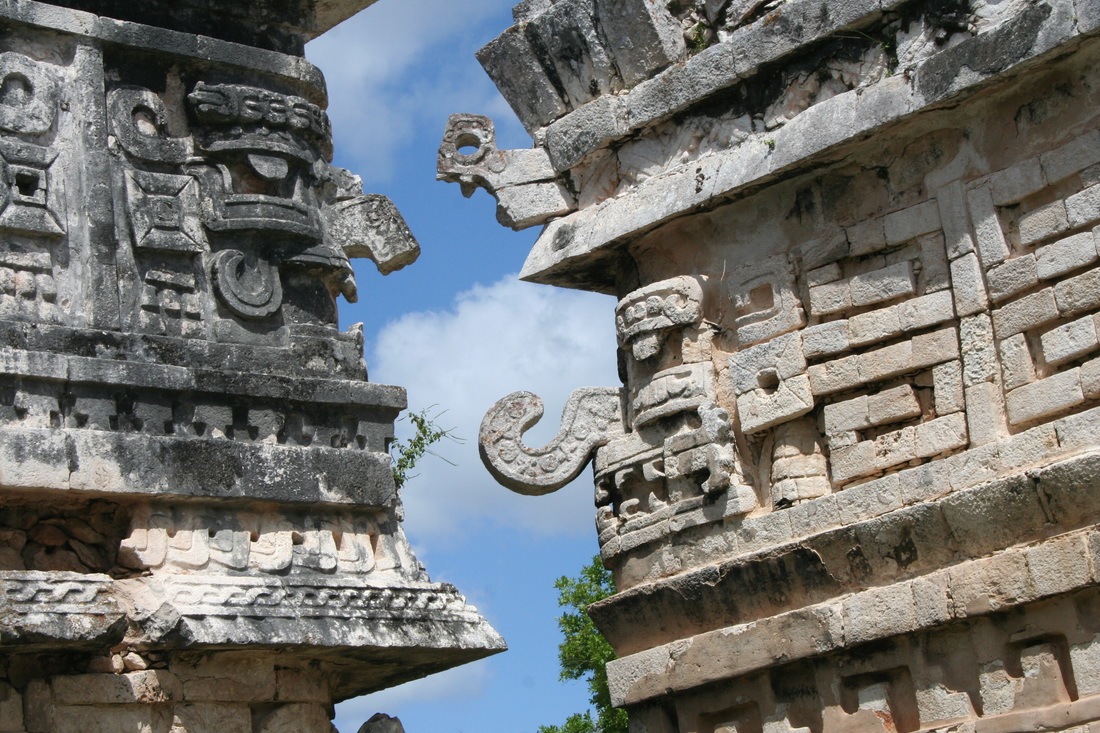
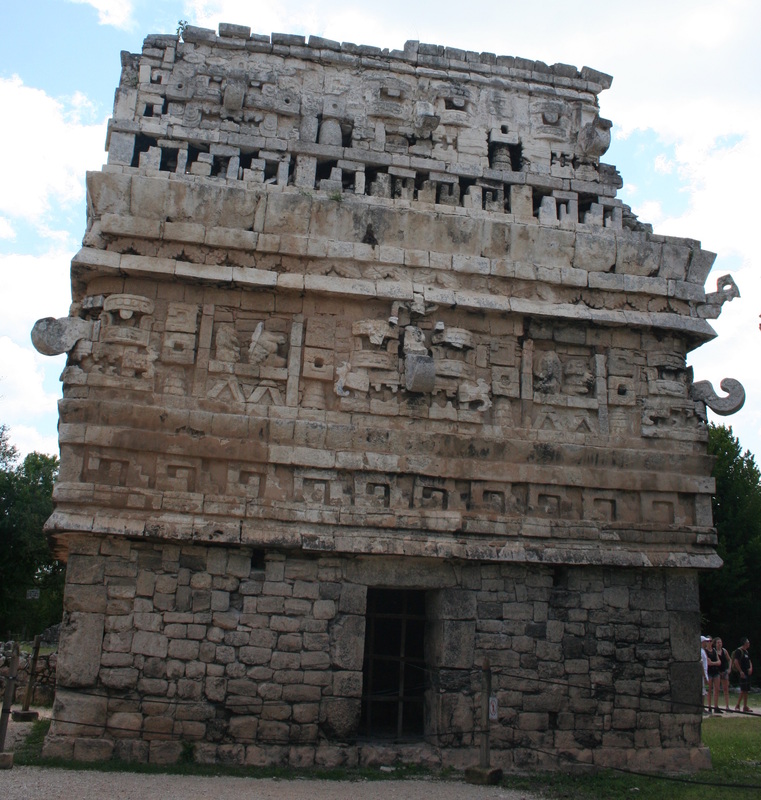
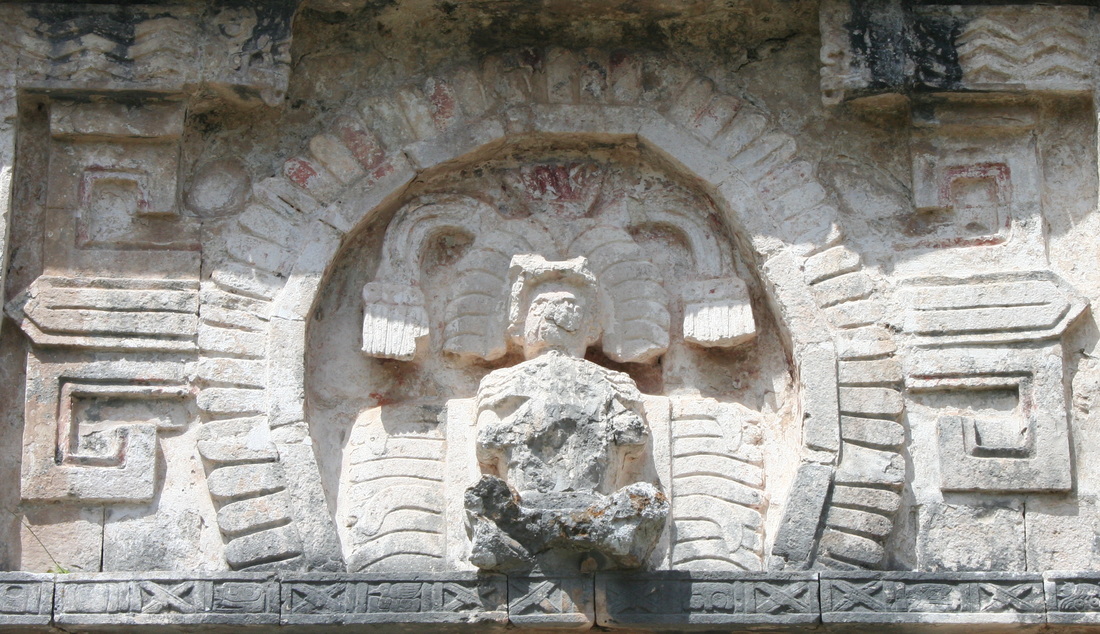

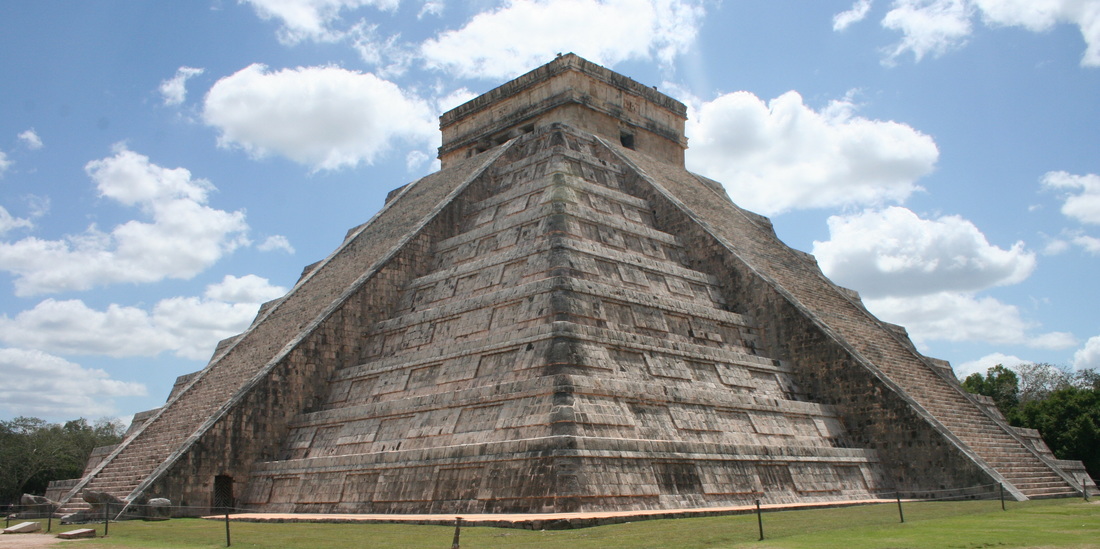
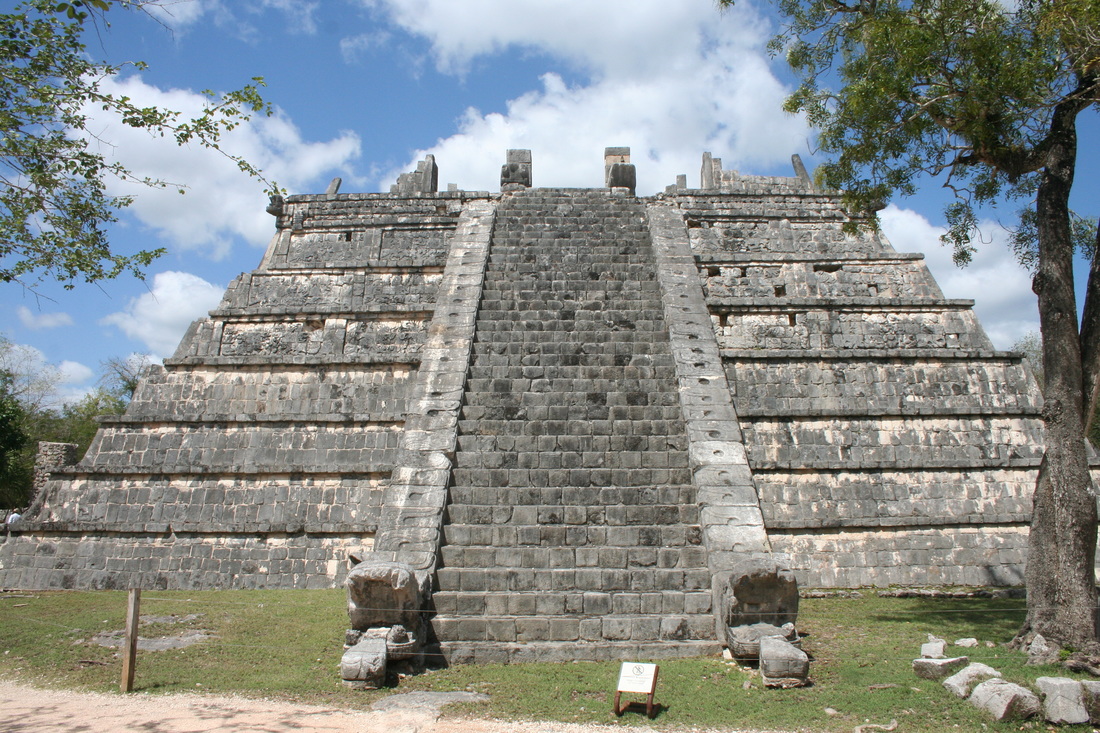
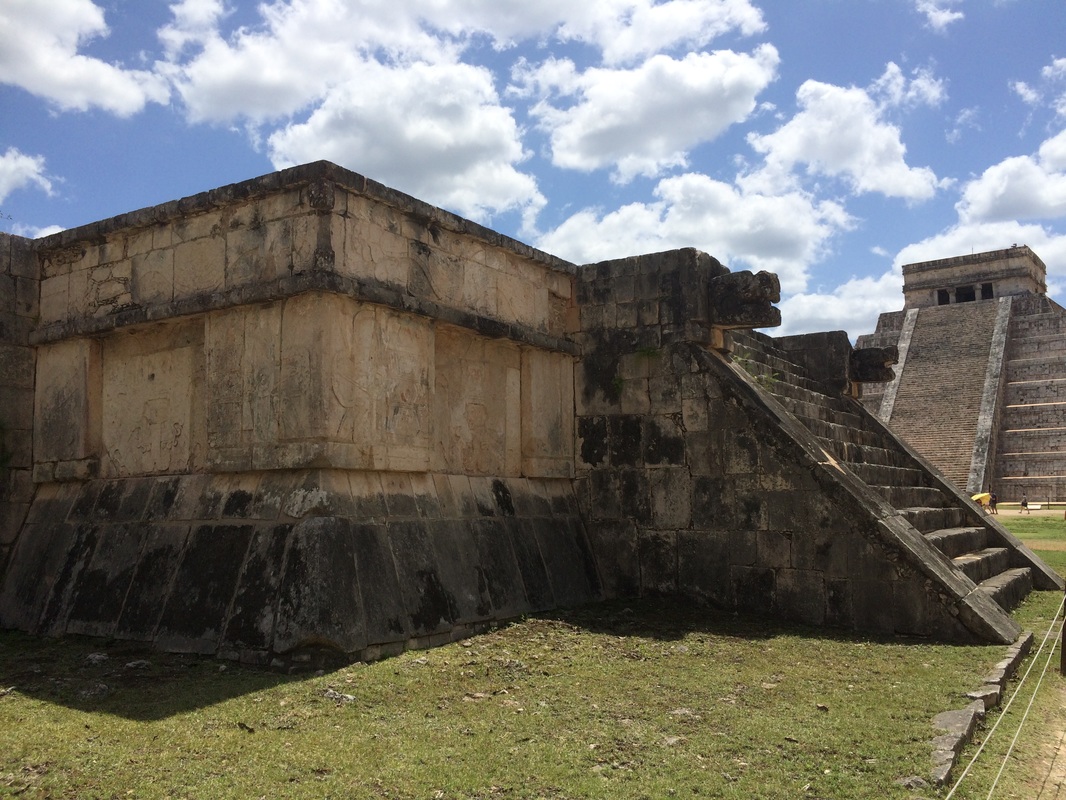

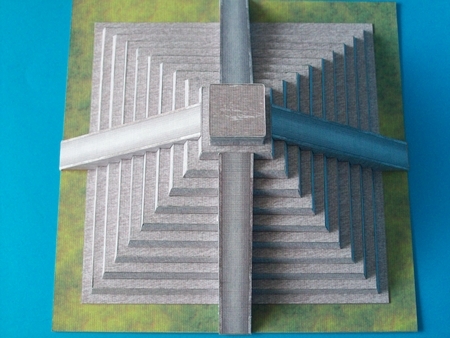

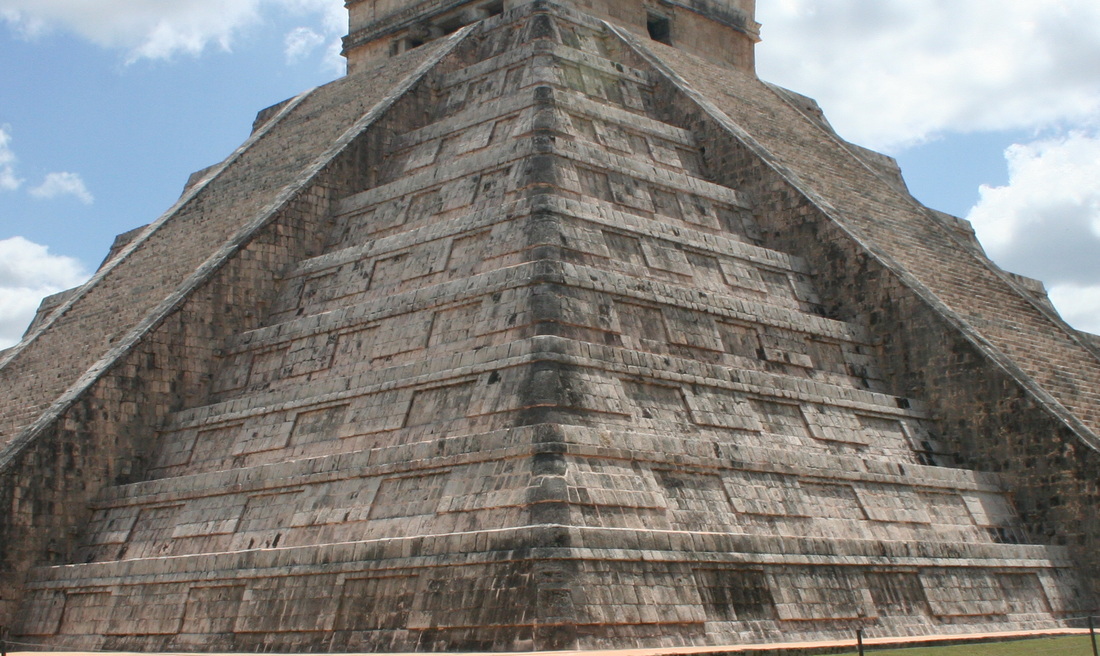


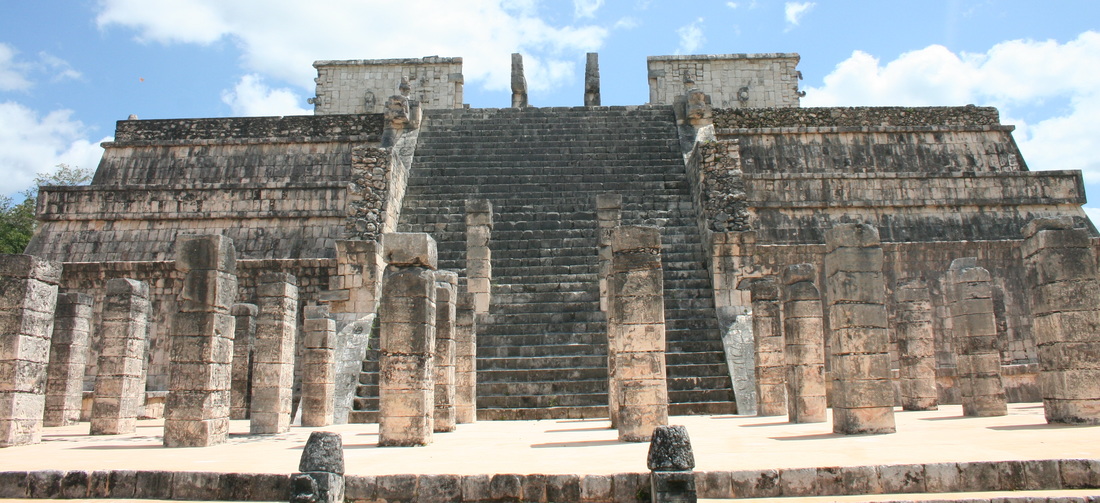



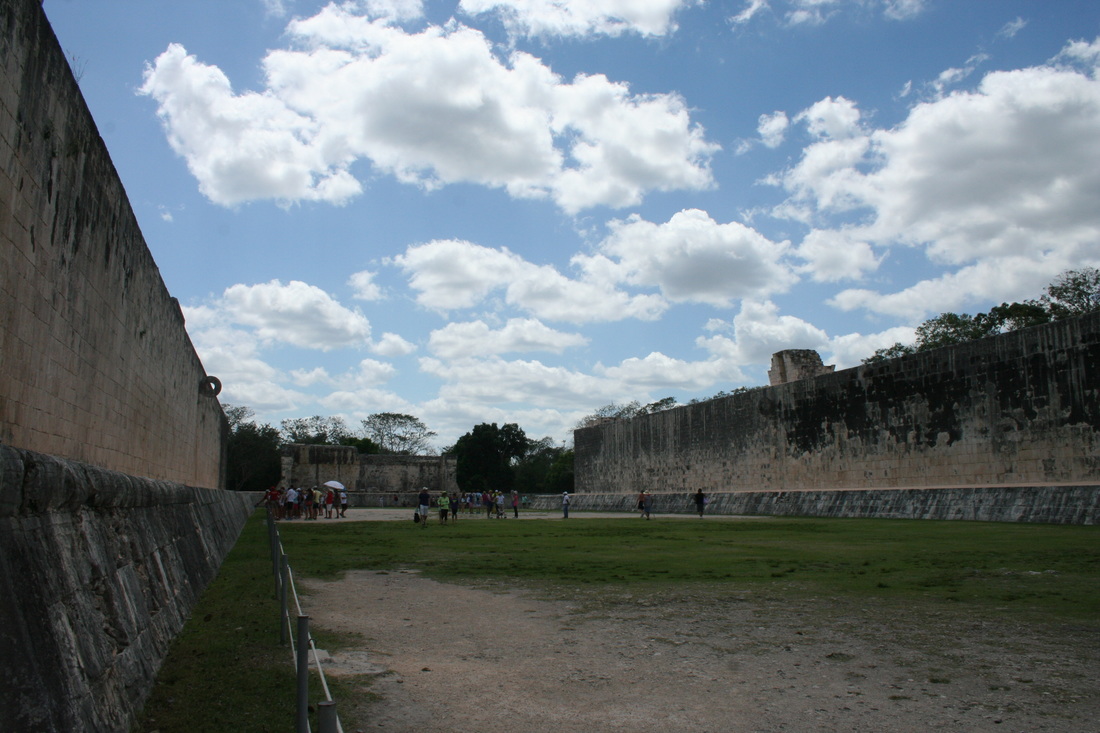



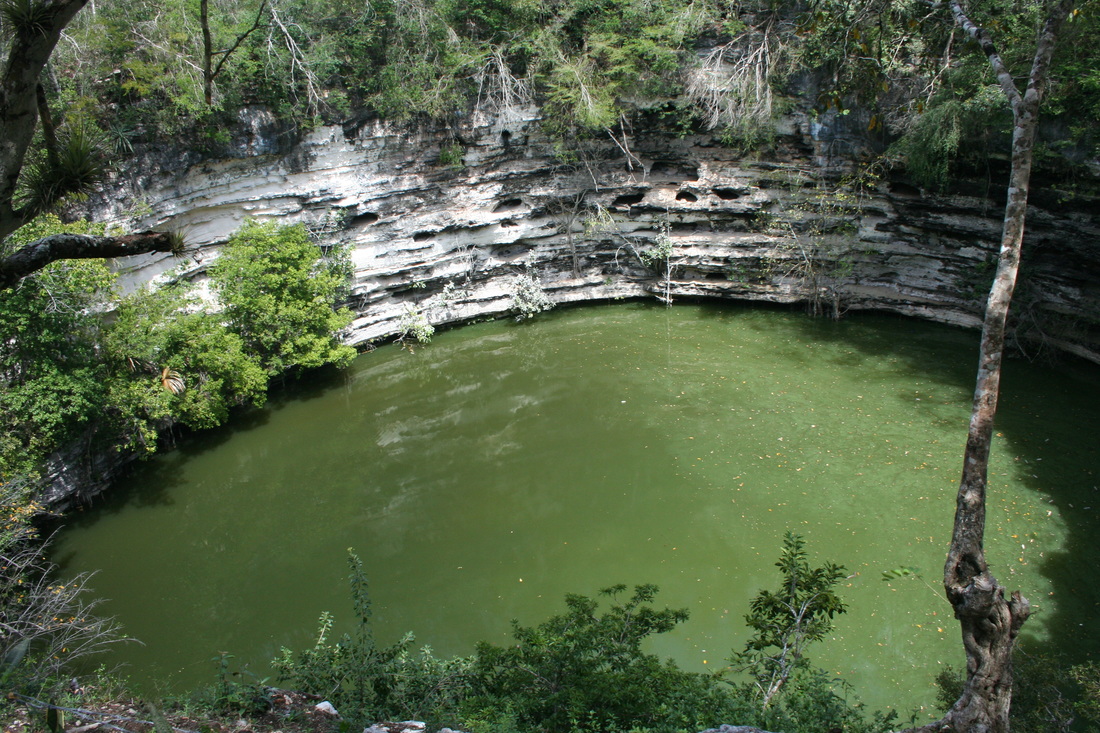

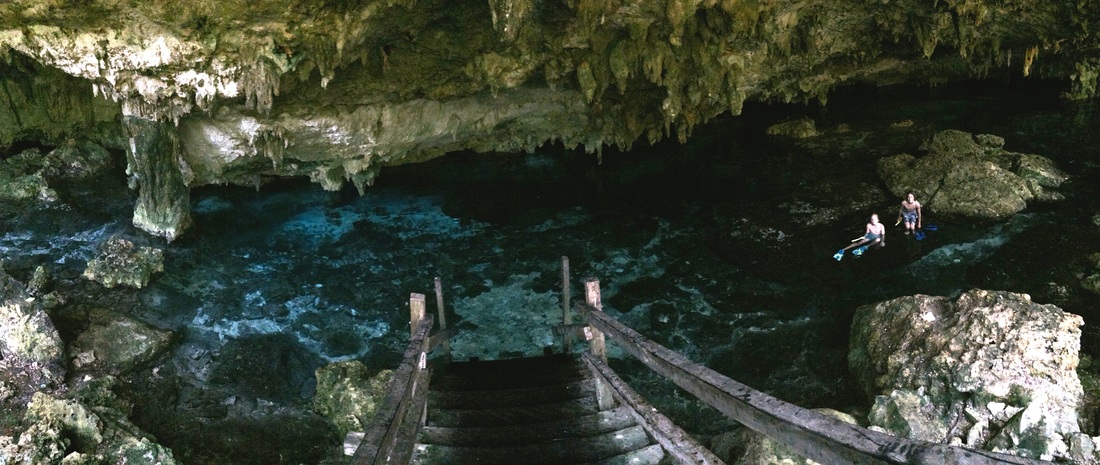
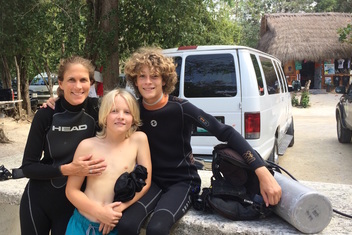

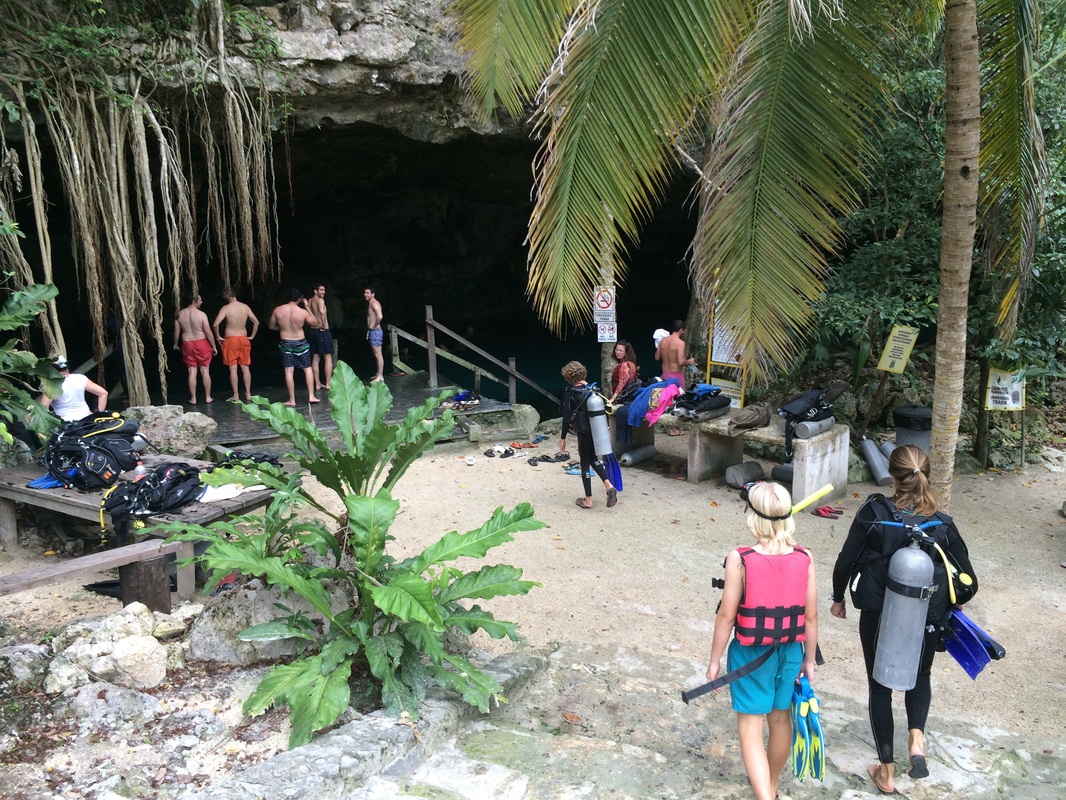



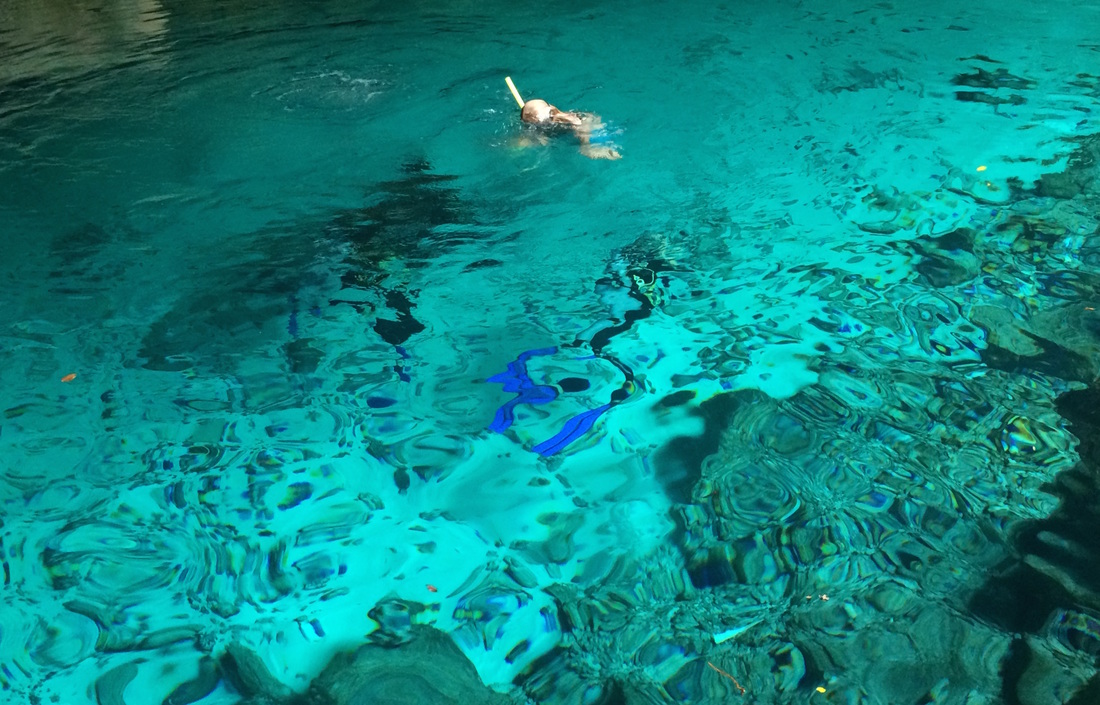
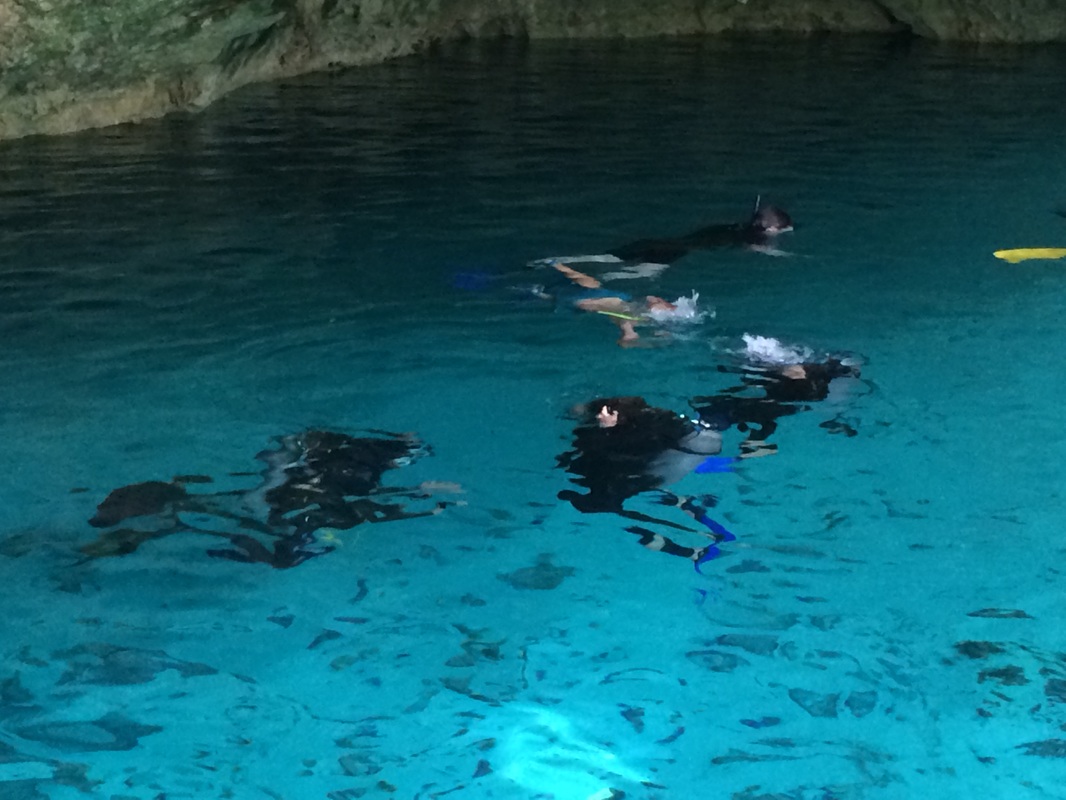

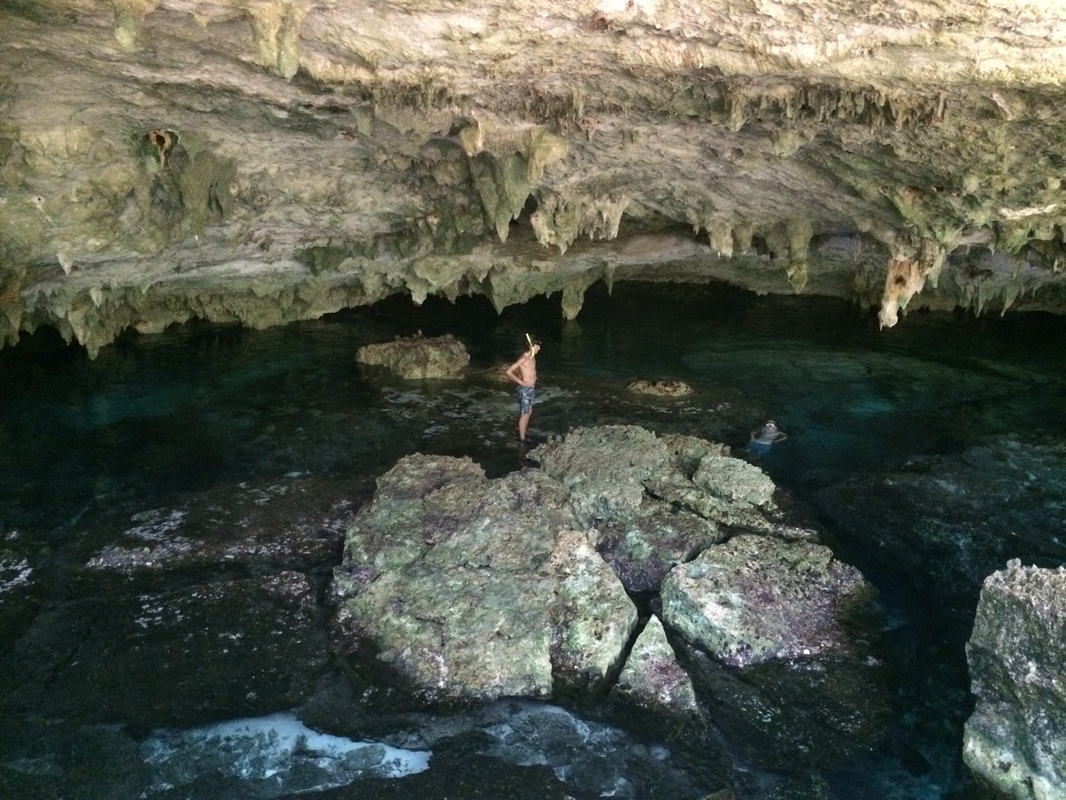
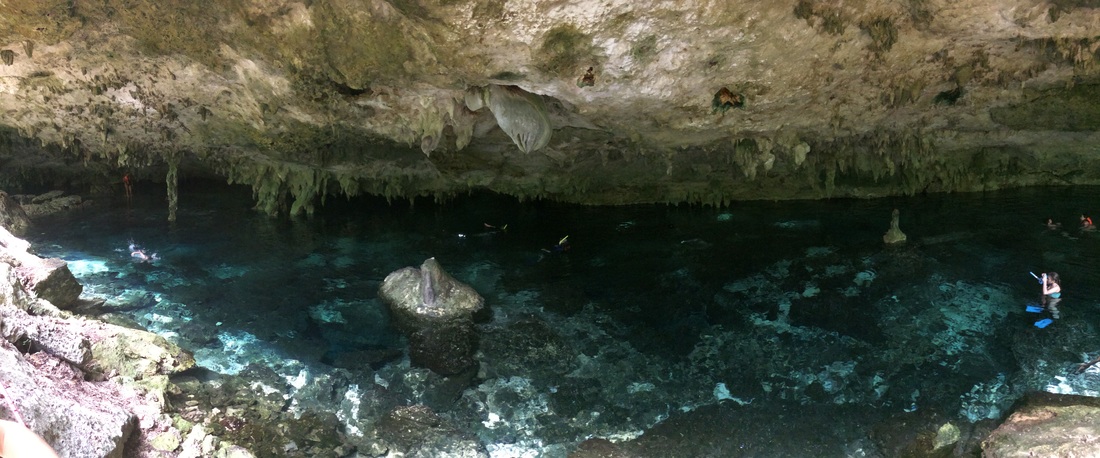
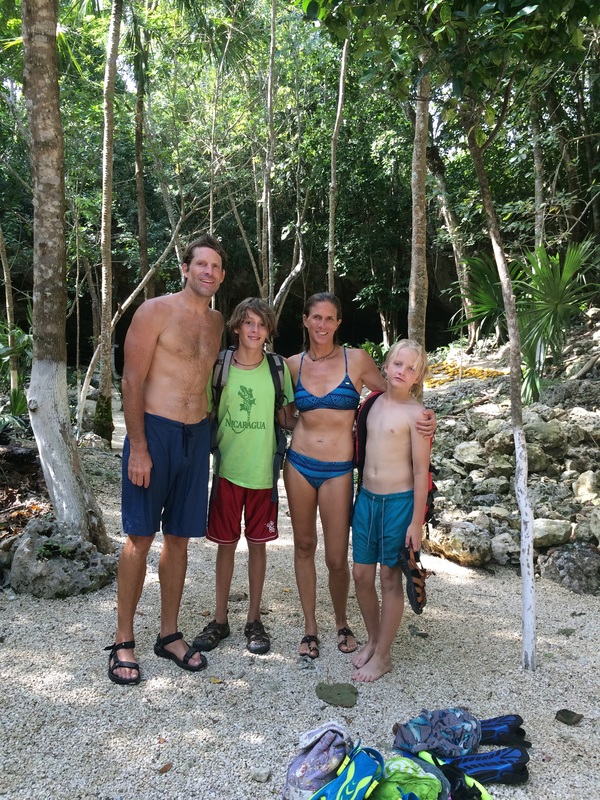
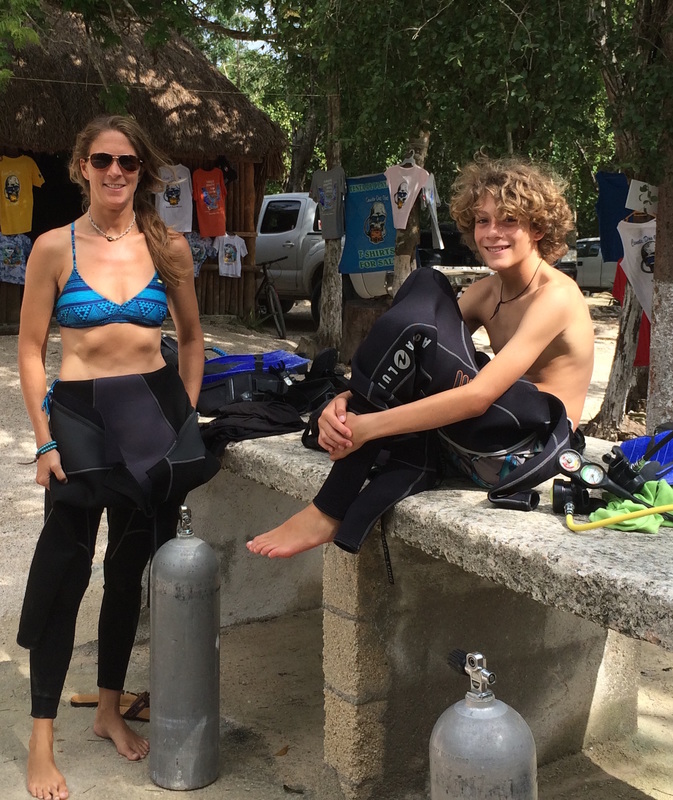



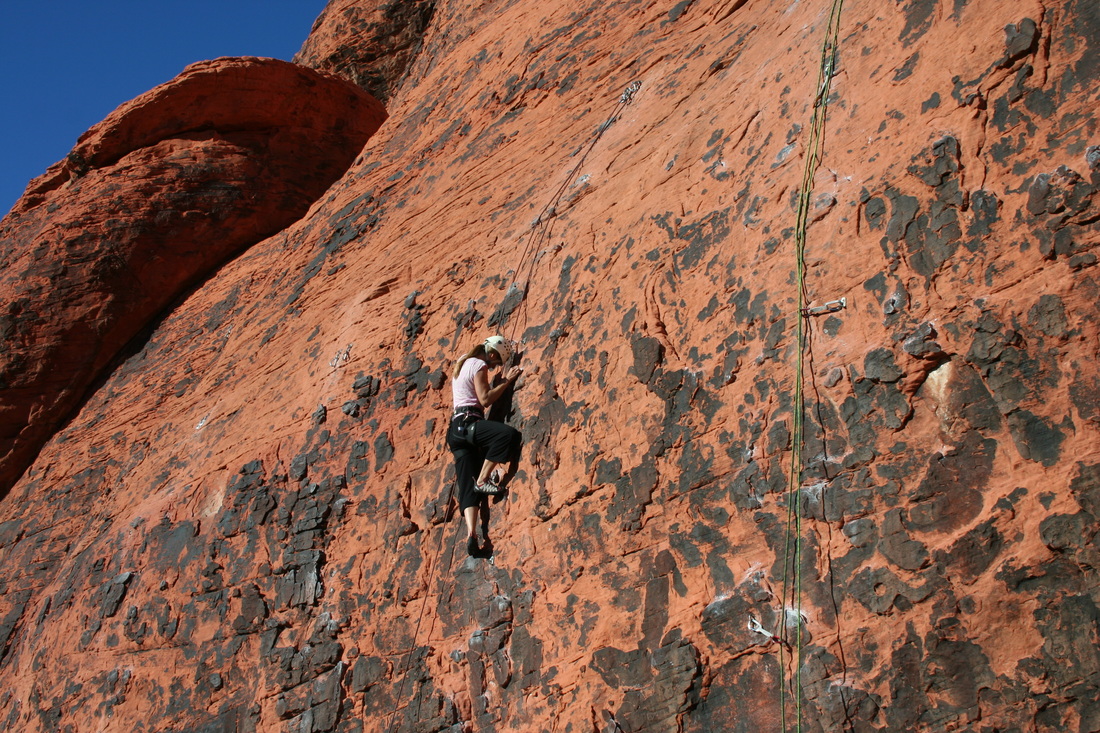
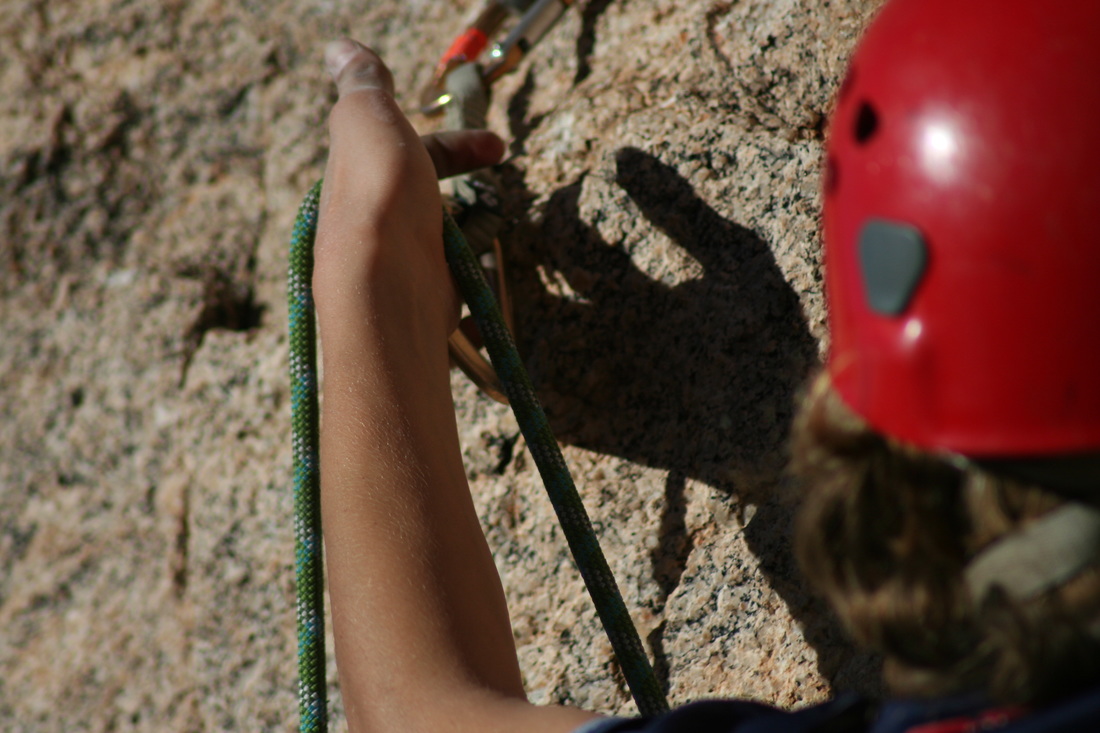

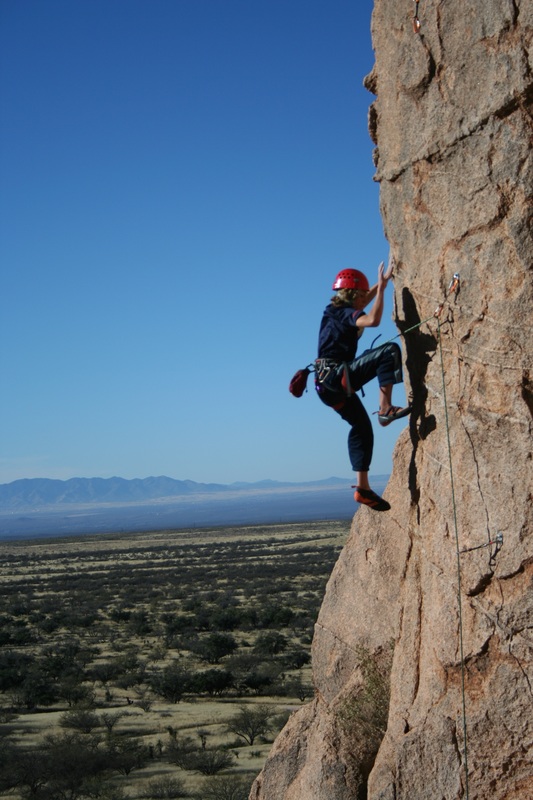
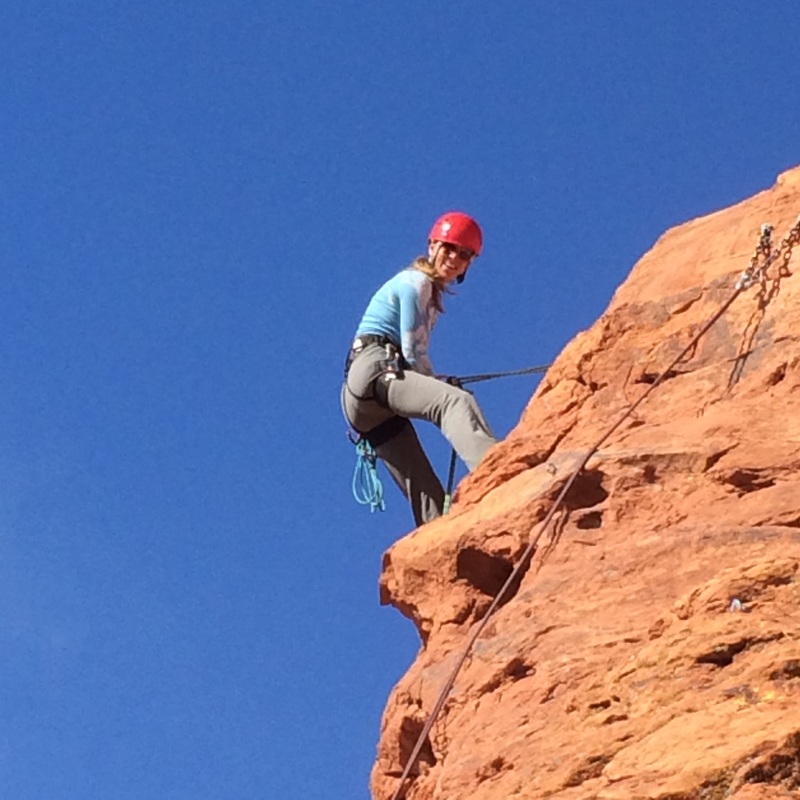
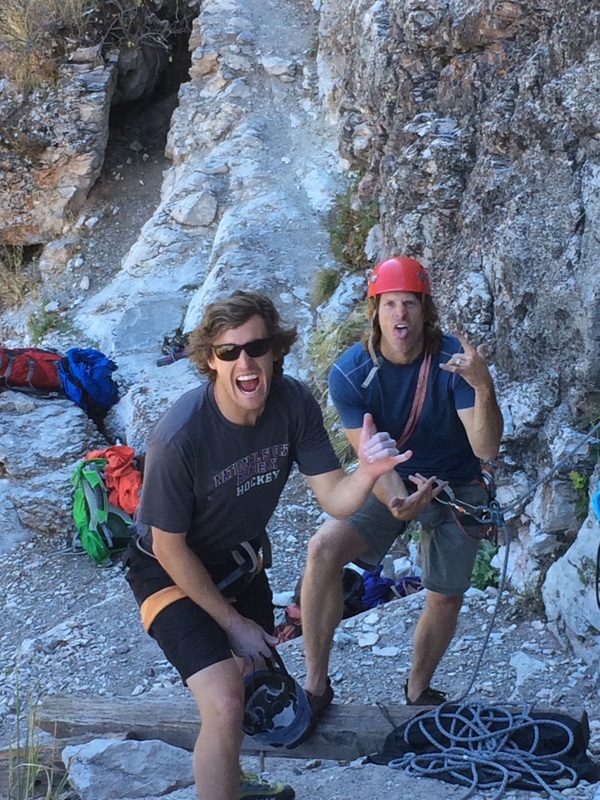
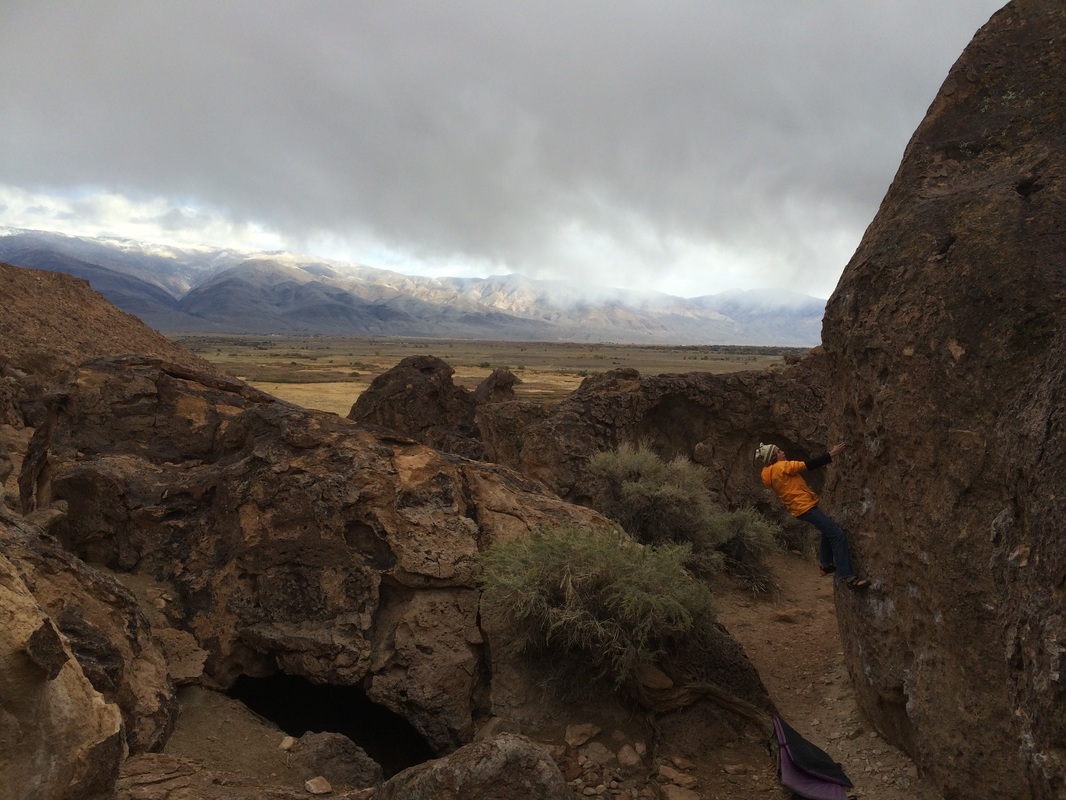

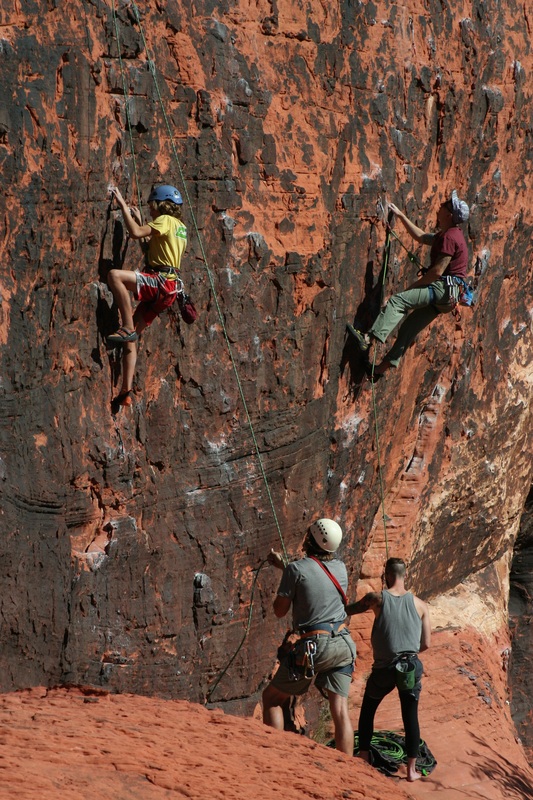
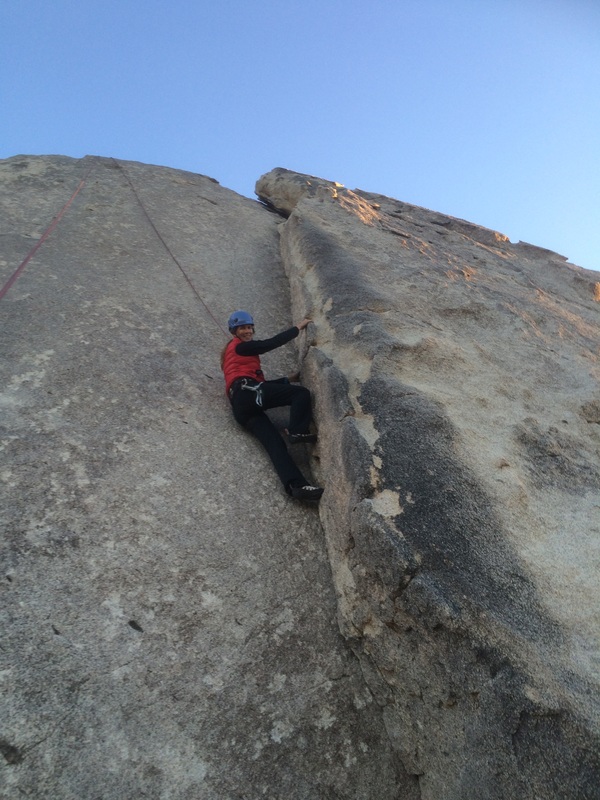
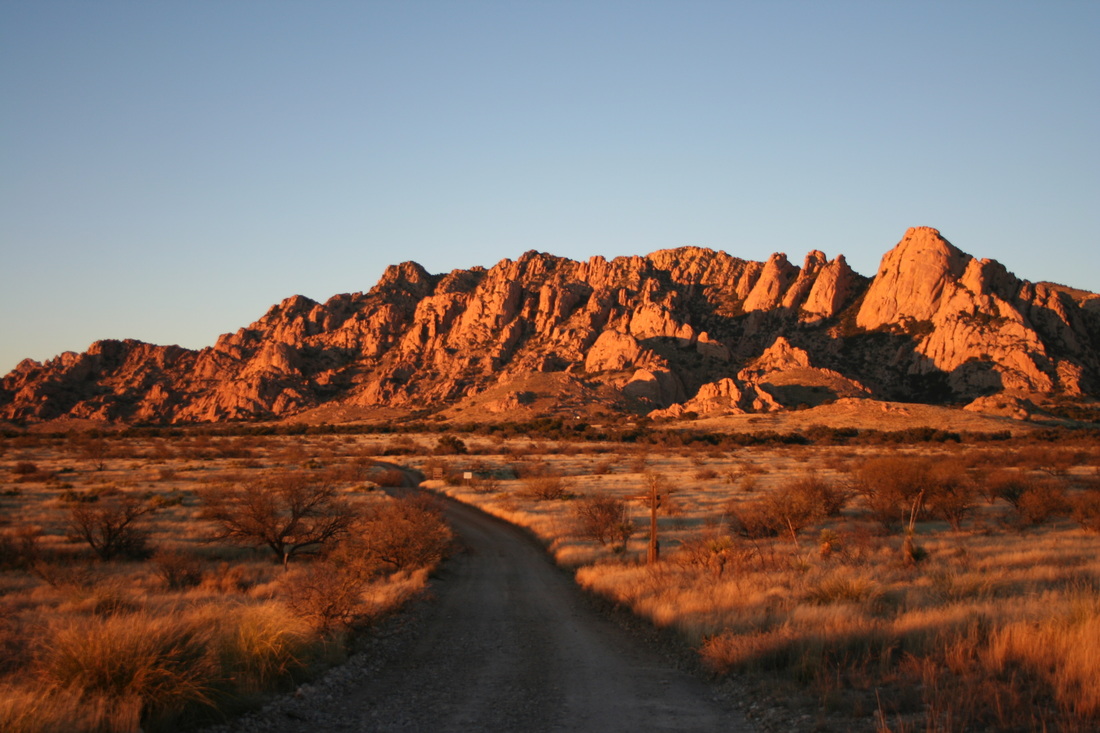



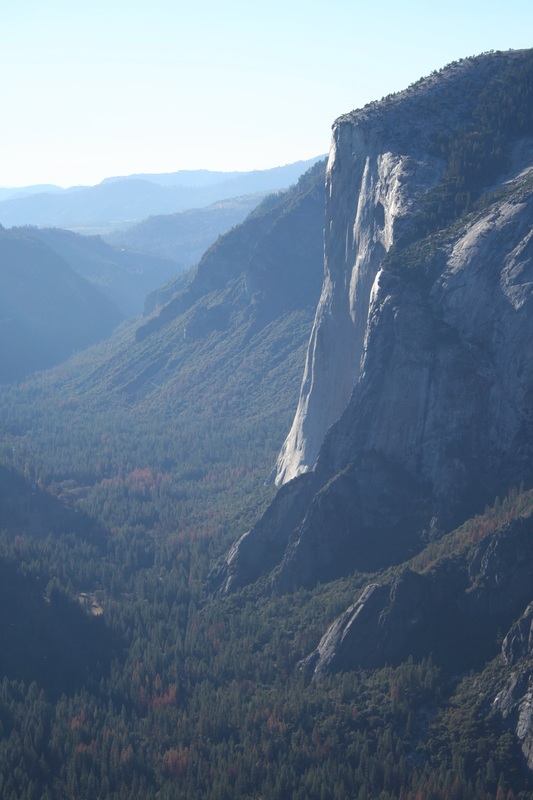

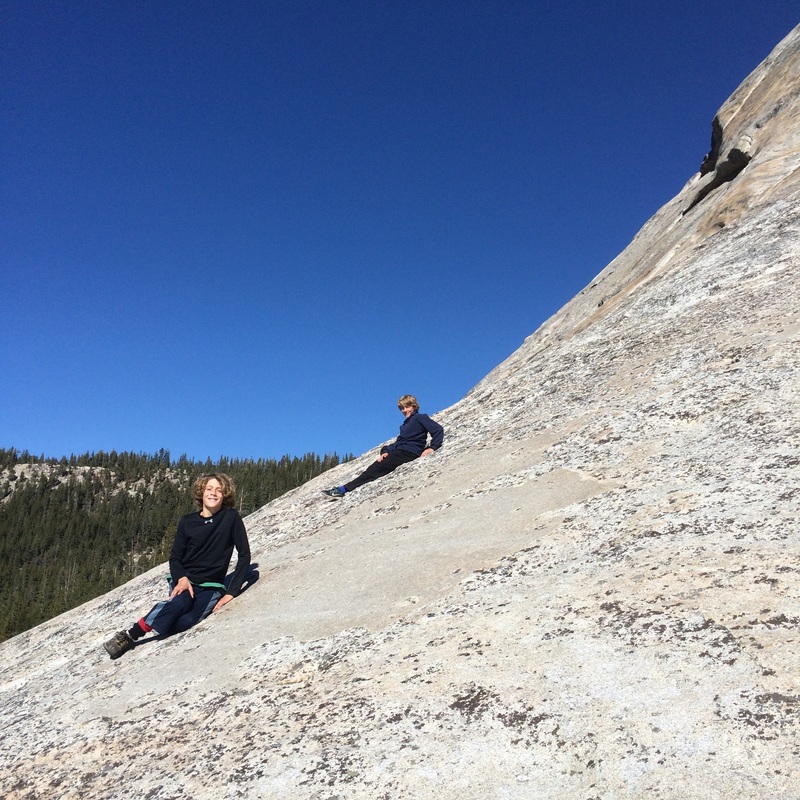
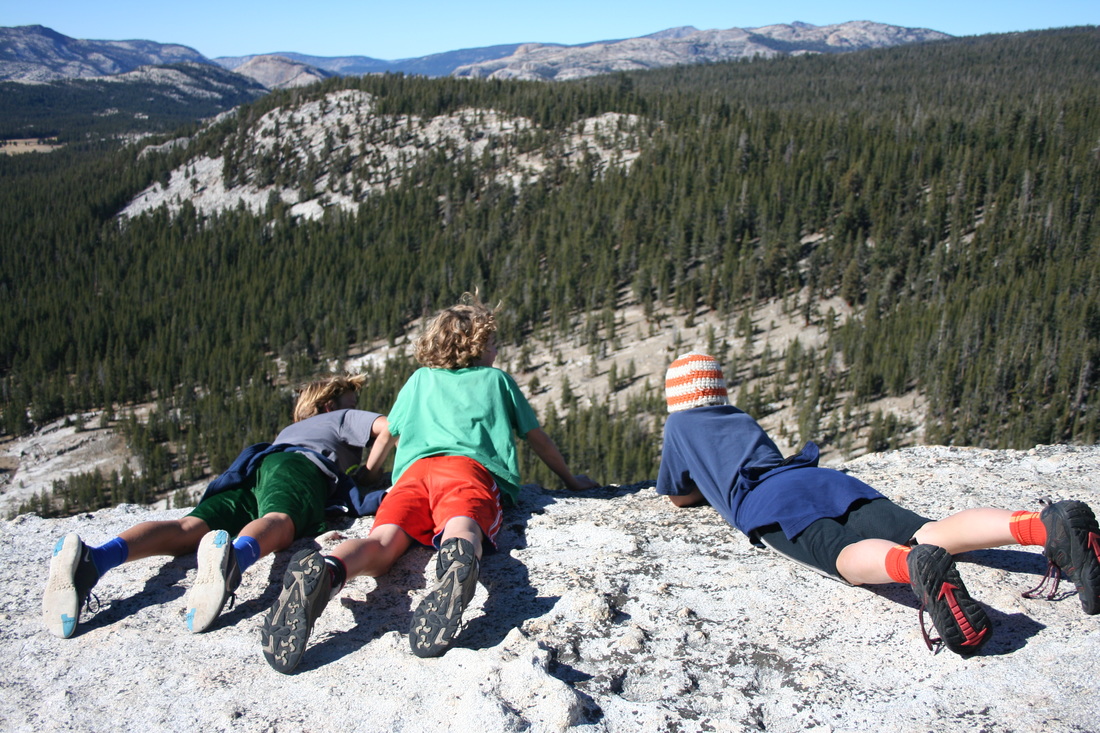
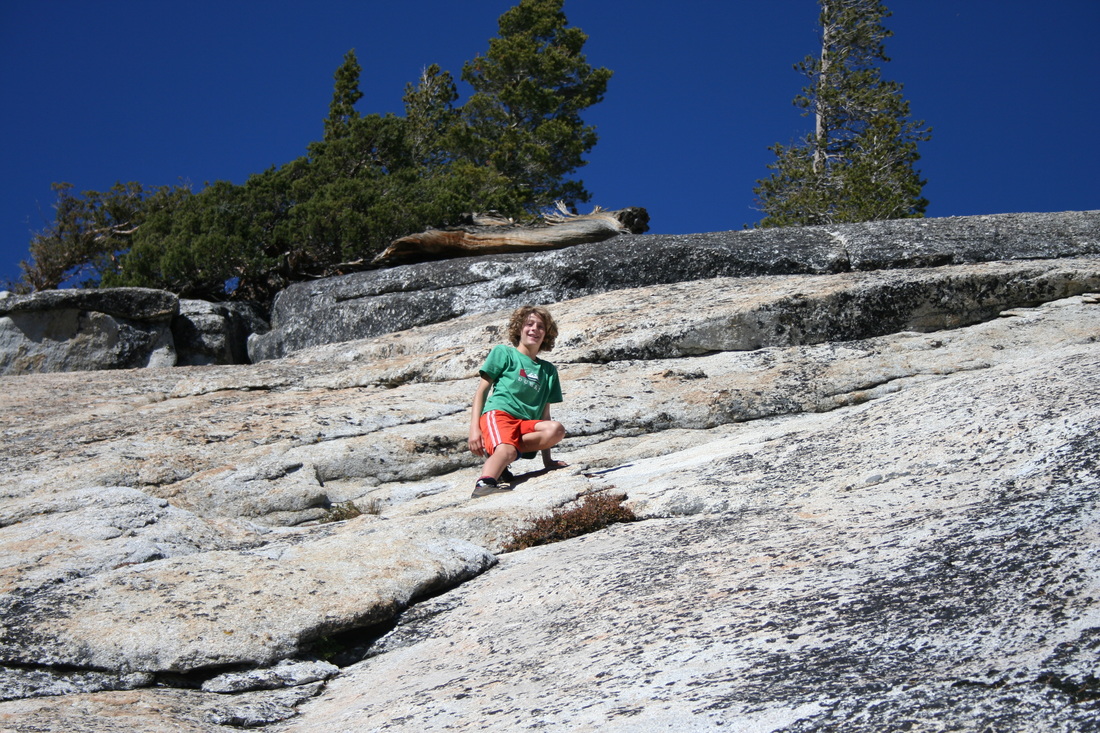




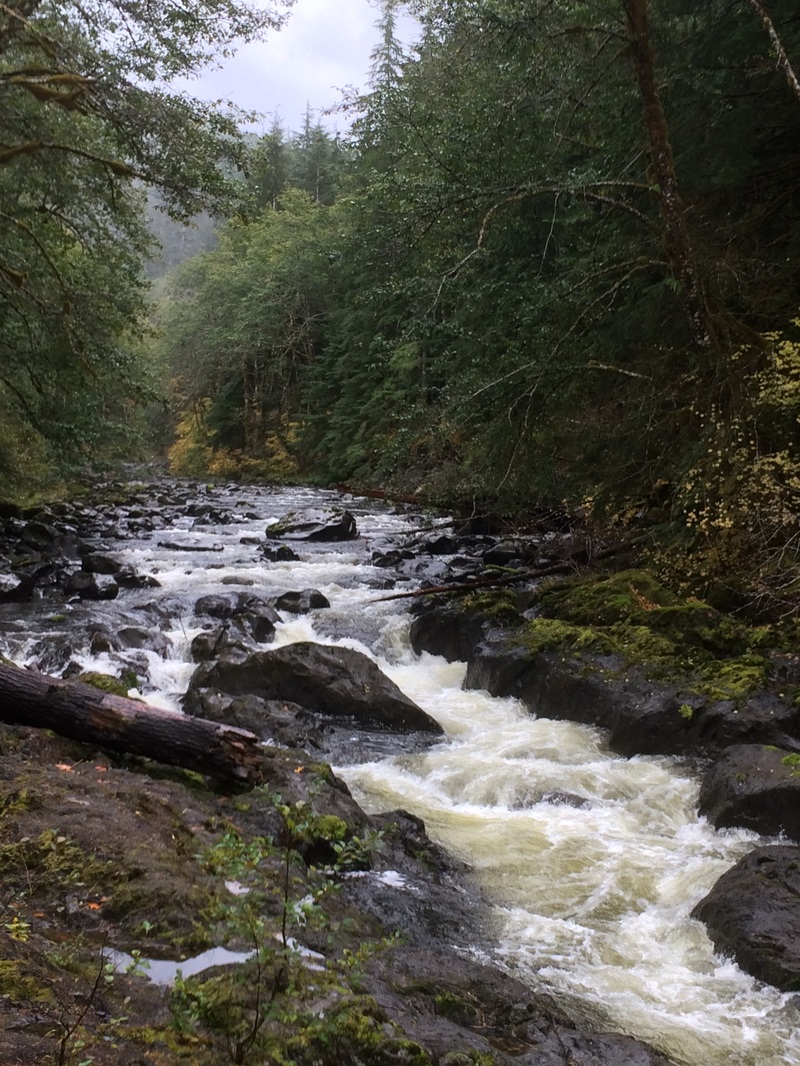
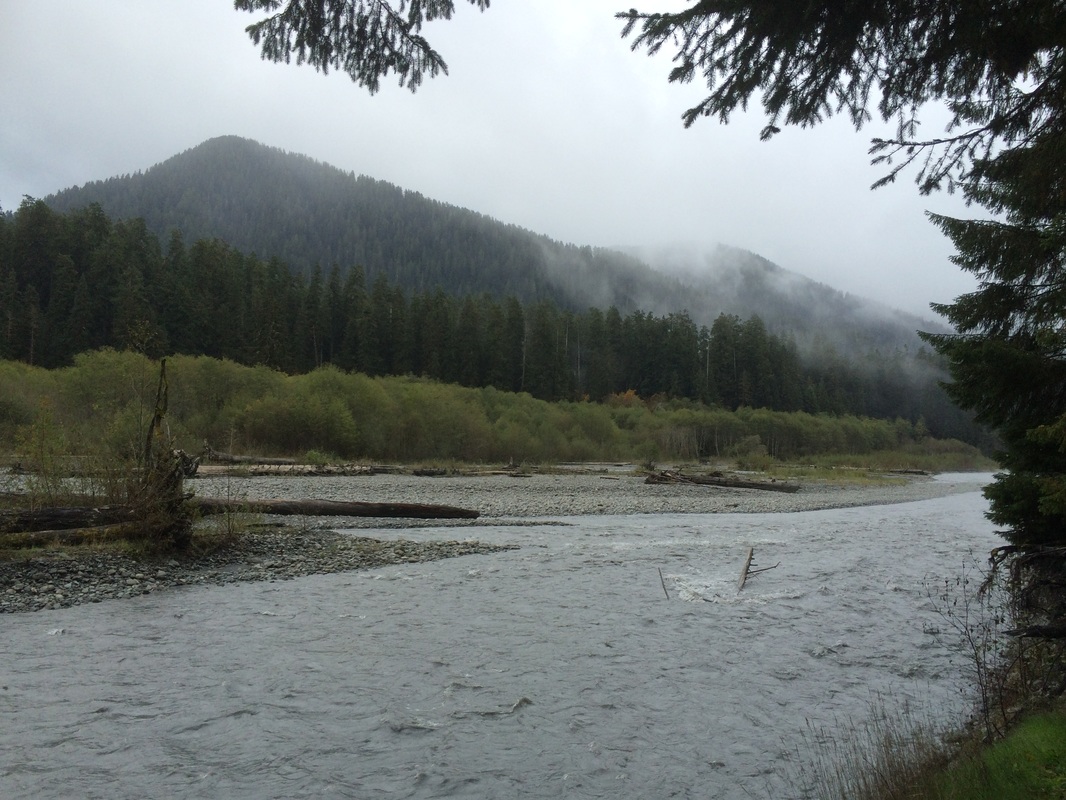

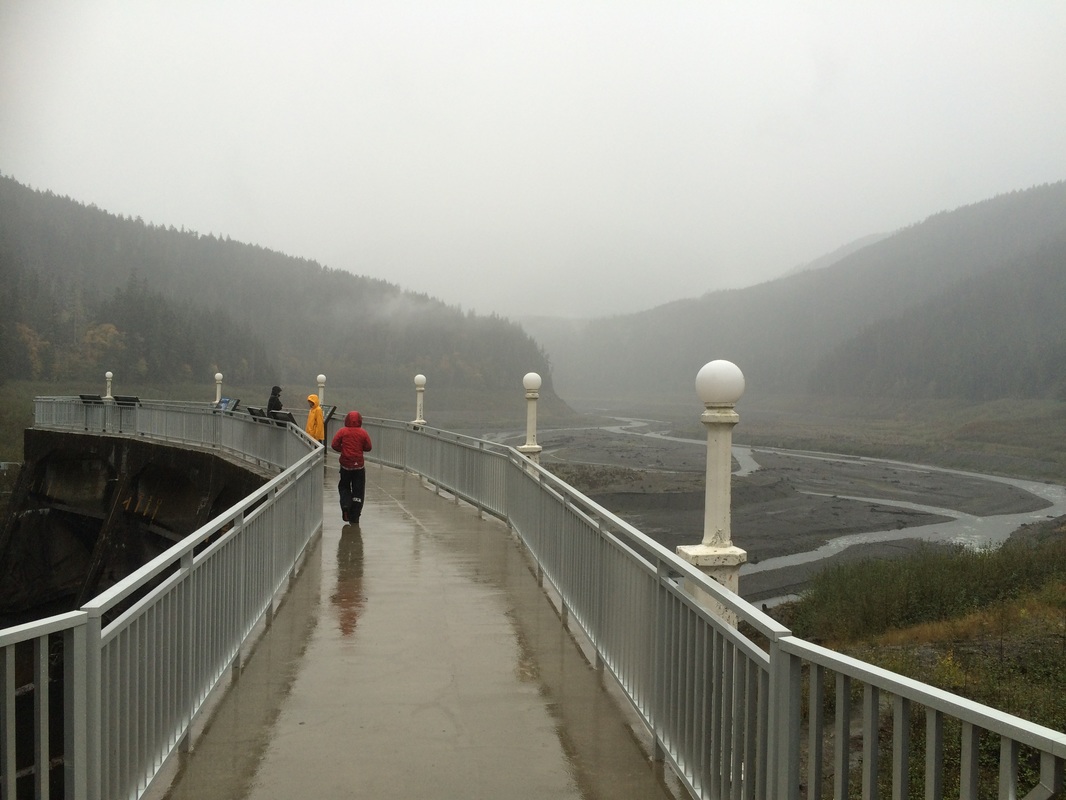

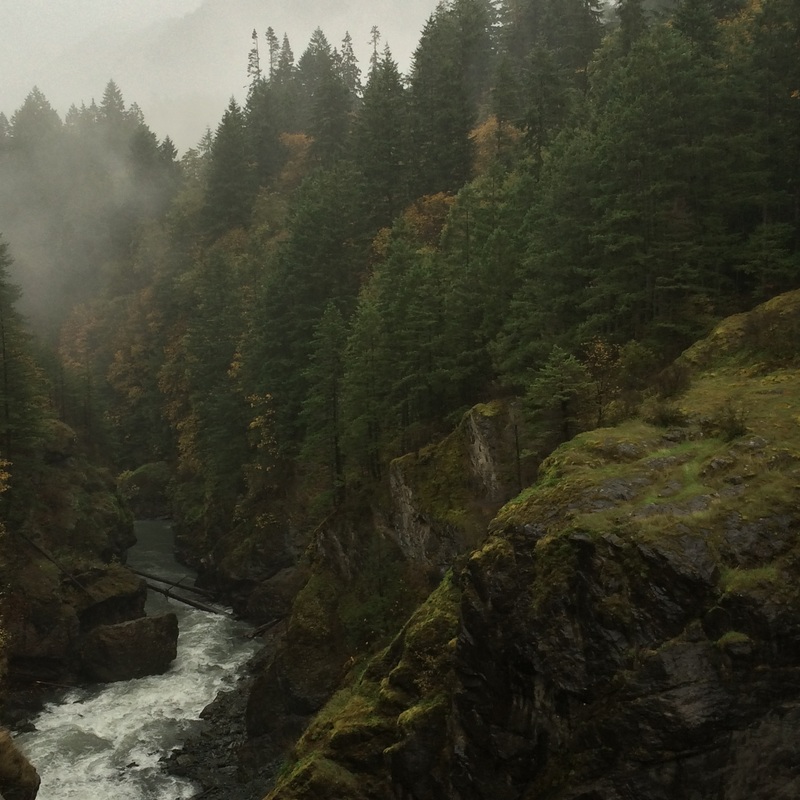
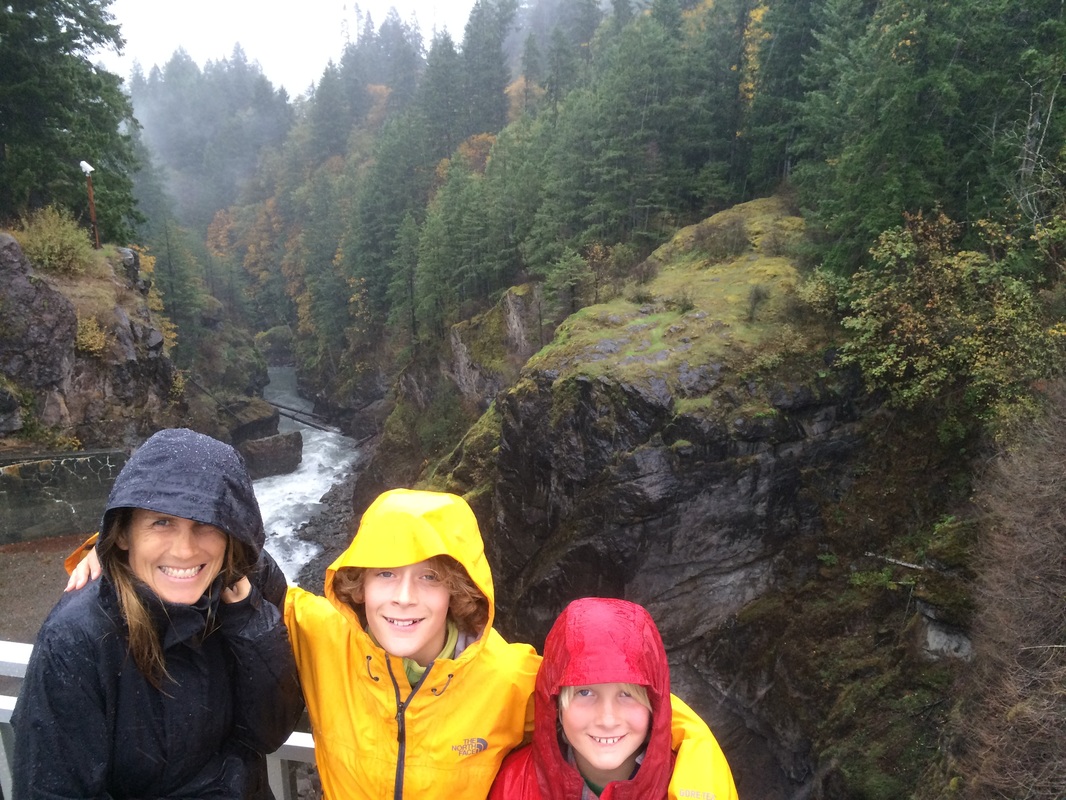
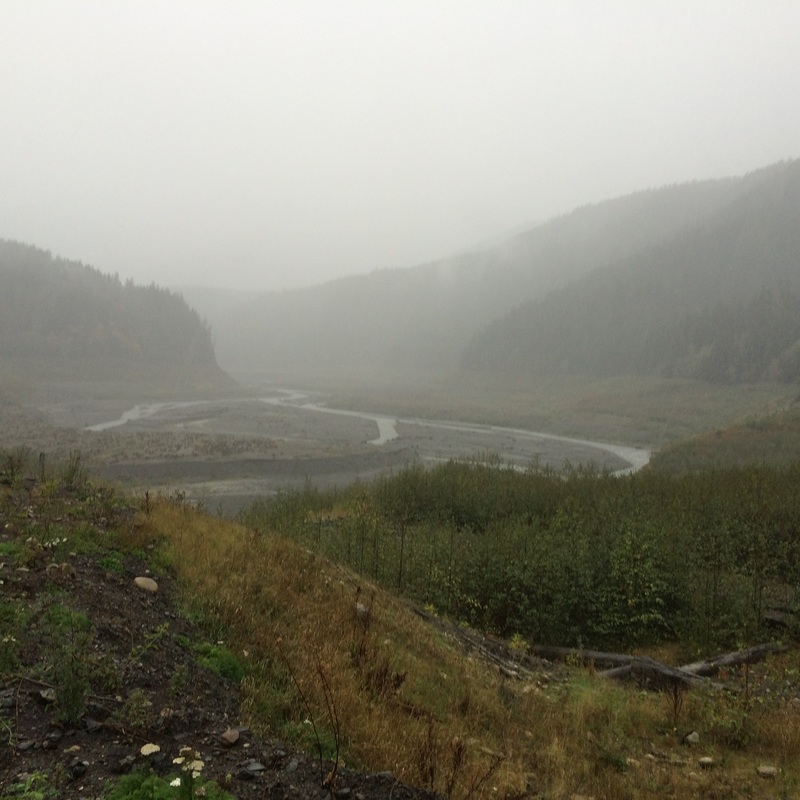

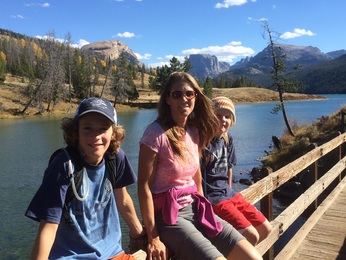

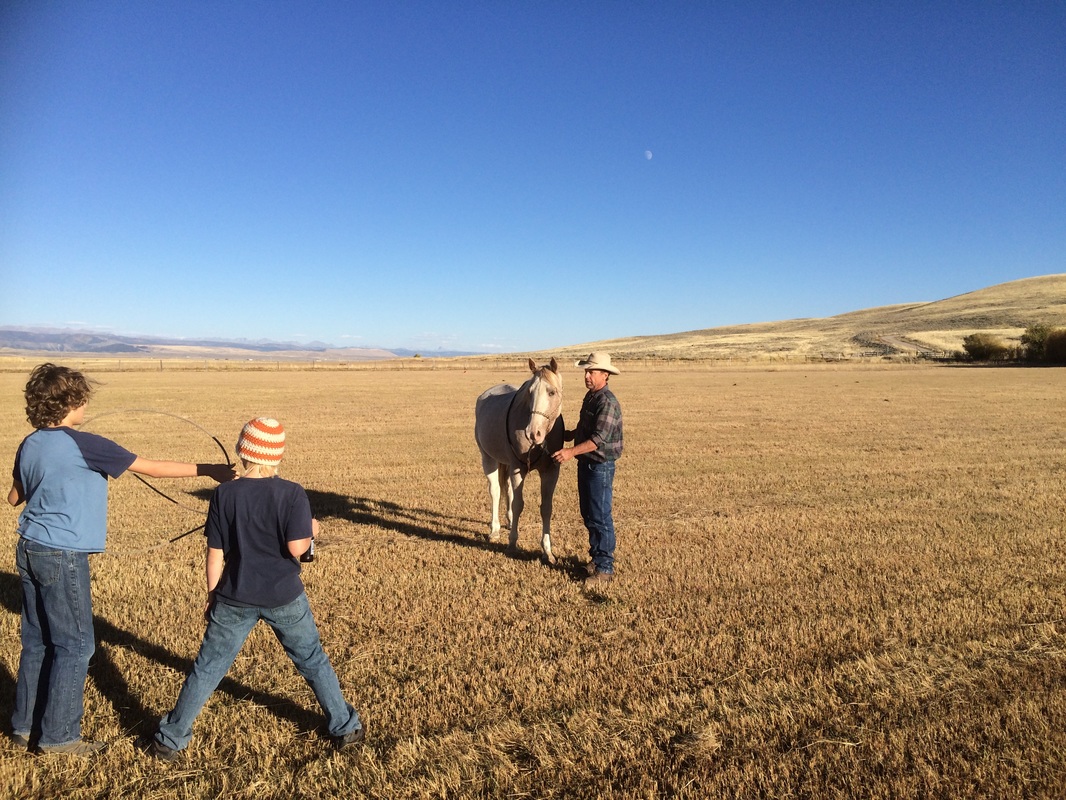



 RSS Feed
RSS Feed